- Filter By:
-
-
Stock photos and images of username:Frederic
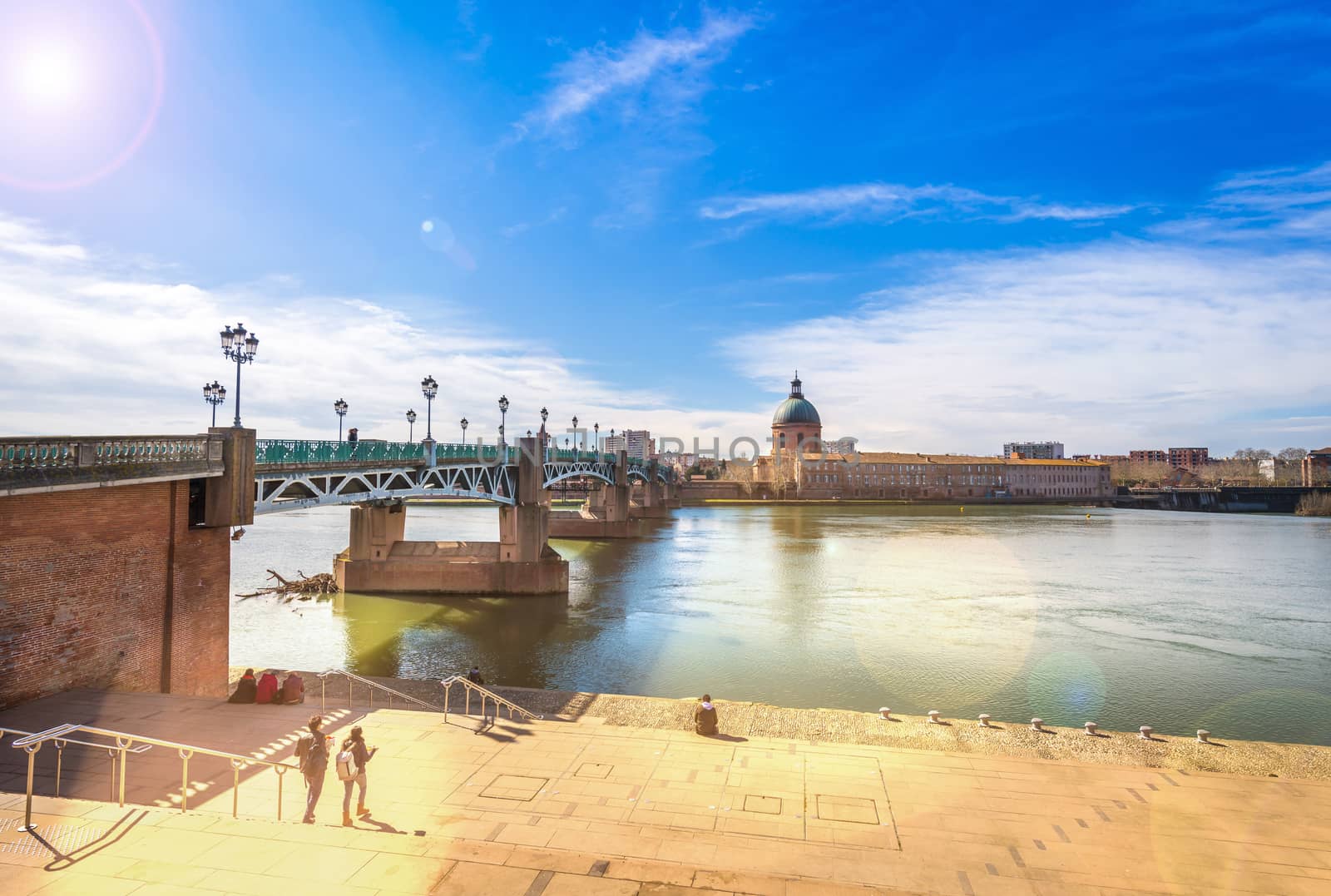
Promenade Henri Martin on the Garonne and the Saint-Pierre bridge, in Toulouse, in Occitanie, France
Stock PhotoUsername
FredericResolution
7237x4871pxPromenade Henri Martin on the Garonne and the Saint-Pierre bridge, in Toulouse, in Occitanie, France

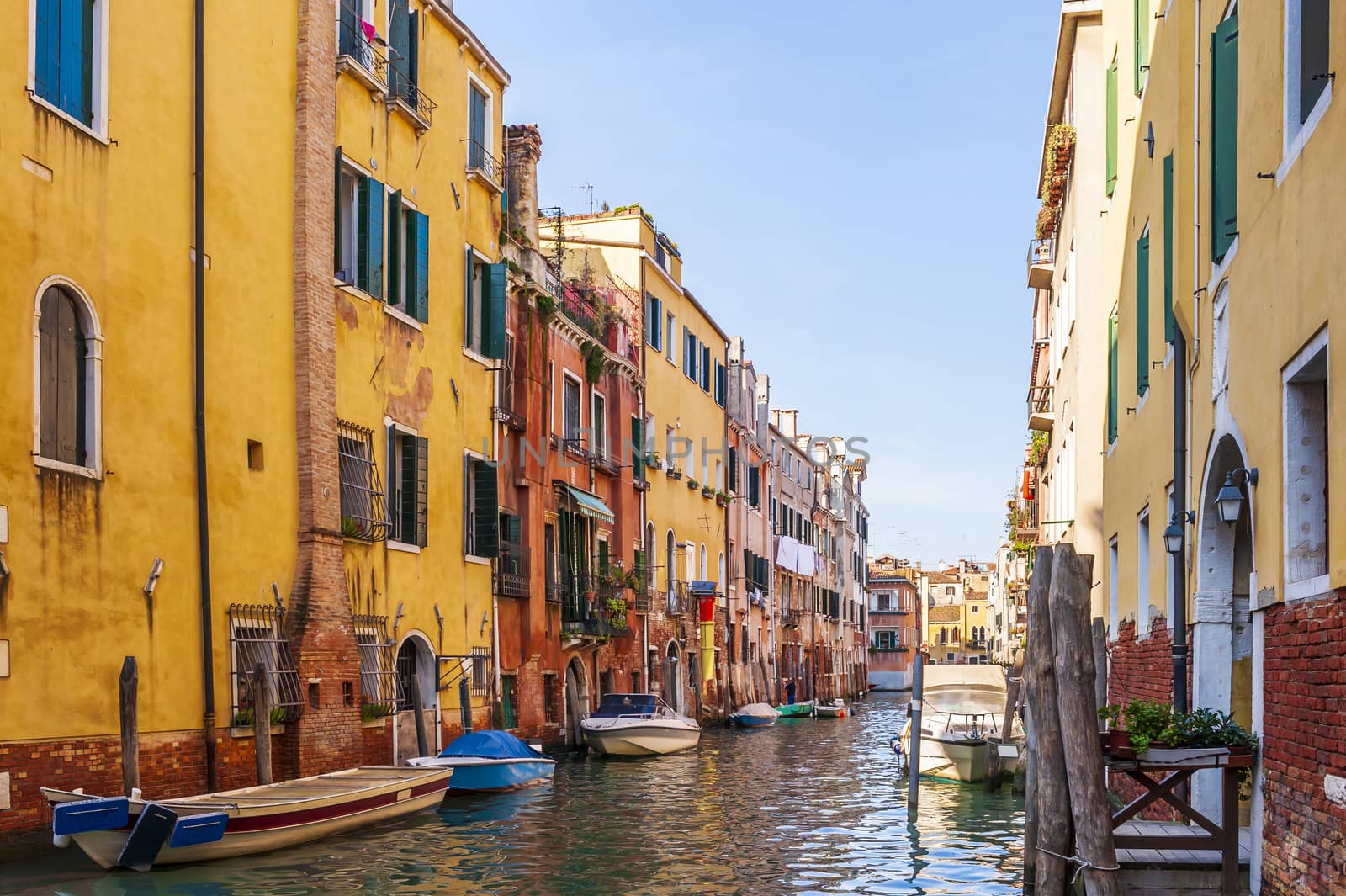
Canal and its colorful facades and boats in Venice in Veneto, Italy
Stock PhotoUsername
FredericResolution
4190x2788pxCanal and its colorful facades and boats in Venice in Veneto, Italy

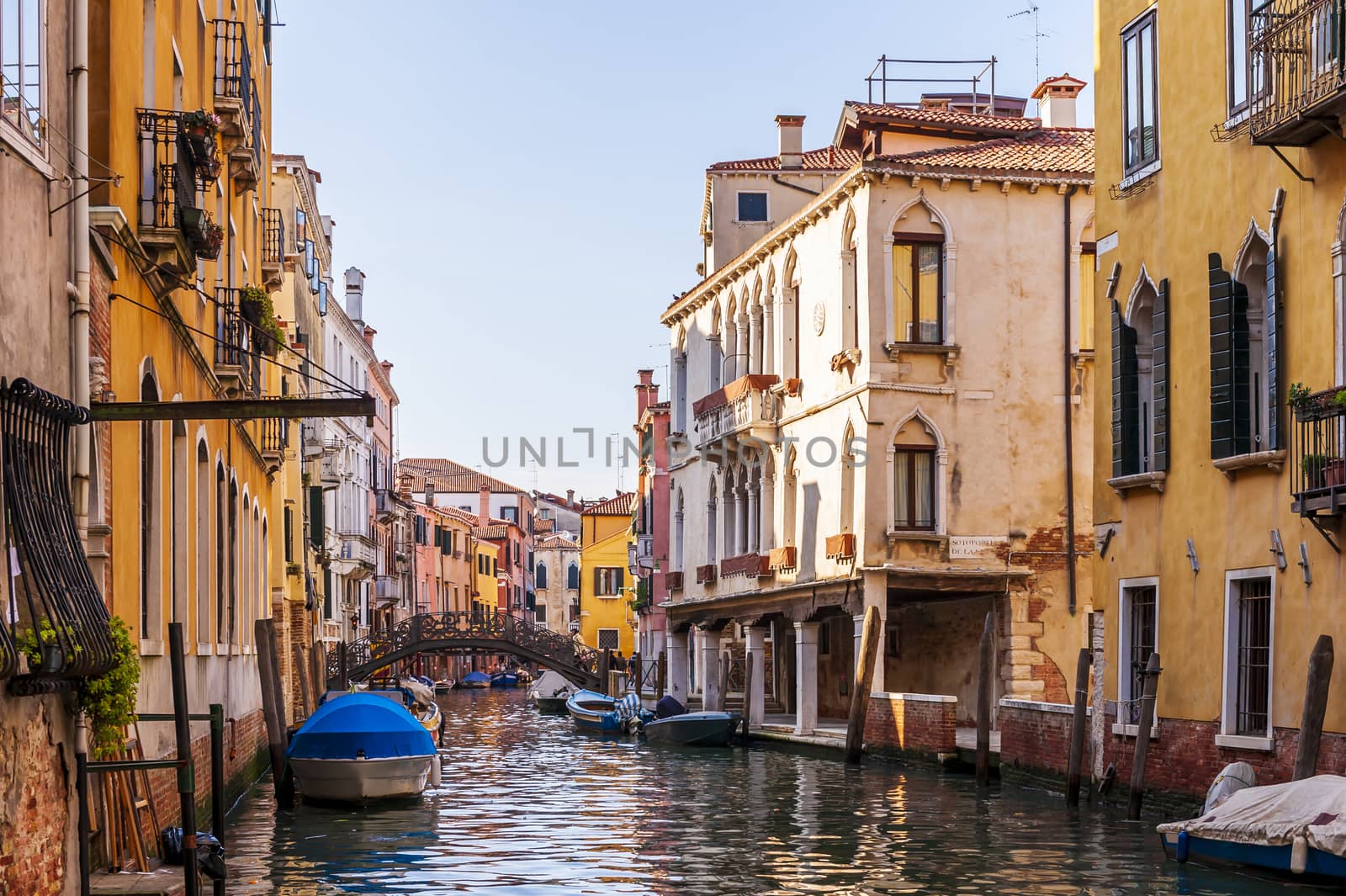
Canal and its colorful facades and boats in Venice in Veneto, Italy
Stock PhotoUsername
FredericResolution
4245x2825pxCanal and its colorful facades and boats in Venice in Veneto, Italy

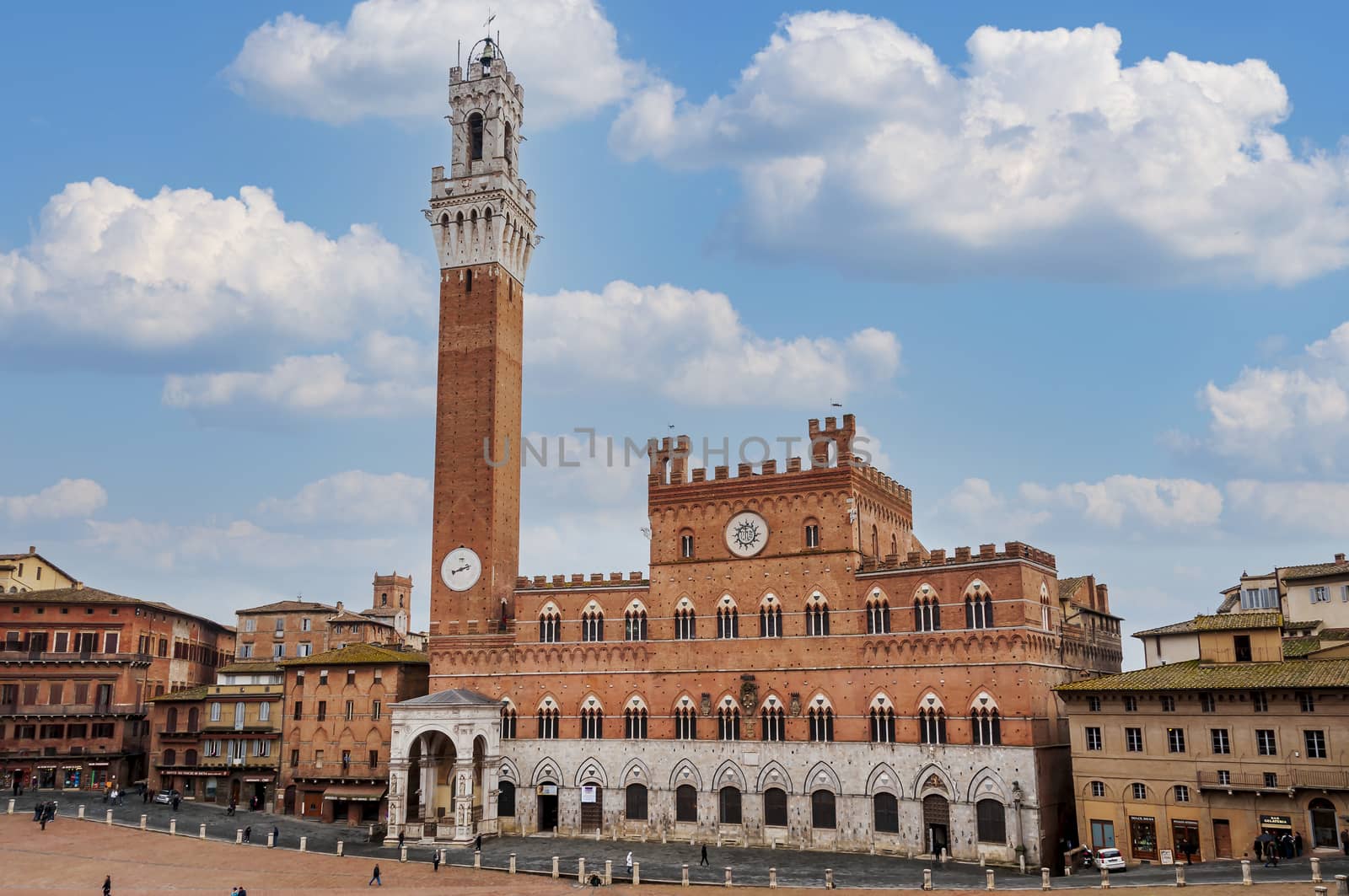
Palazzo Pubblico and Torre del Mangia piazza del campo in Siena in Tuscany, Italy
Stock PhotoUsername
FredericResolution
4246x2820pxPalazzo Pubblico and Torre del Mangia piazza del campo in Siena in Tuscany, Italy

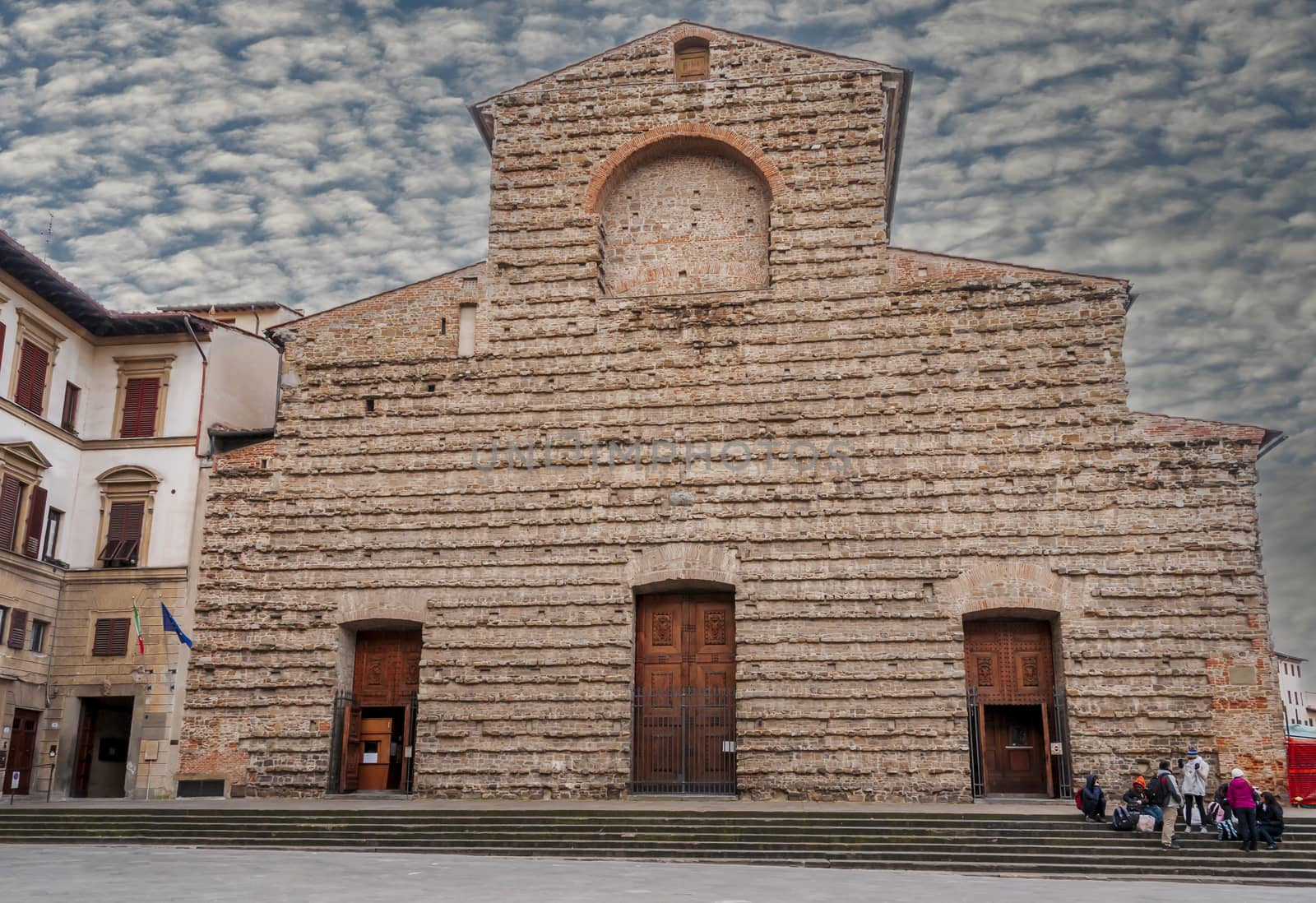
Atypical pediment of the Basilica of San Lorenzo in Florence, Tuscany, Italy
Stock PhotoUsername
FredericResolution
4076x2798pxAtypical pediment of the Basilica of San Lorenzo in Florence, Tuscany, Italy

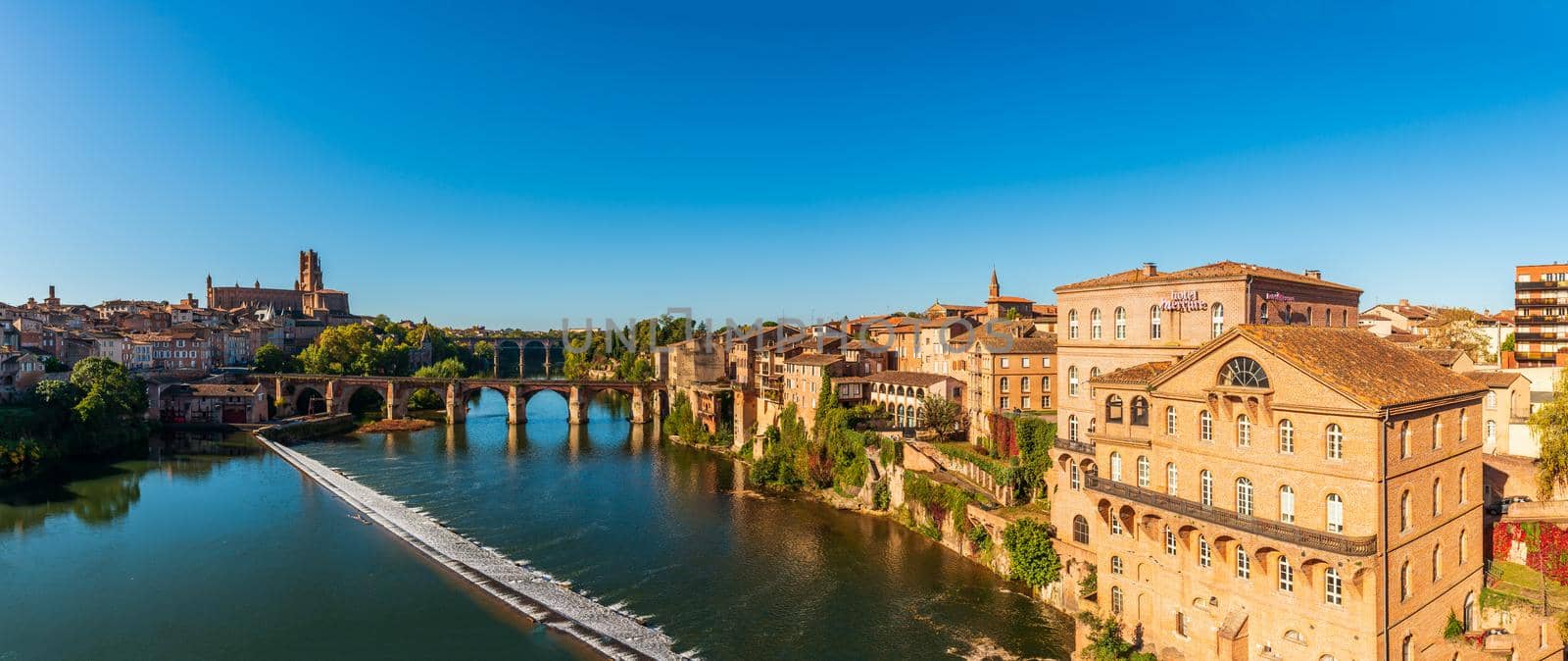
The Tarn and its banks, from the Pont Neuf in Albi, in the Tarn, in Occitanie, France
Stock PhotoUsername
FredericResolution
9000x3791pxThe Tarn and its banks, from the Pont Neuf in Albi, in the Tarn, in Occitanie, France

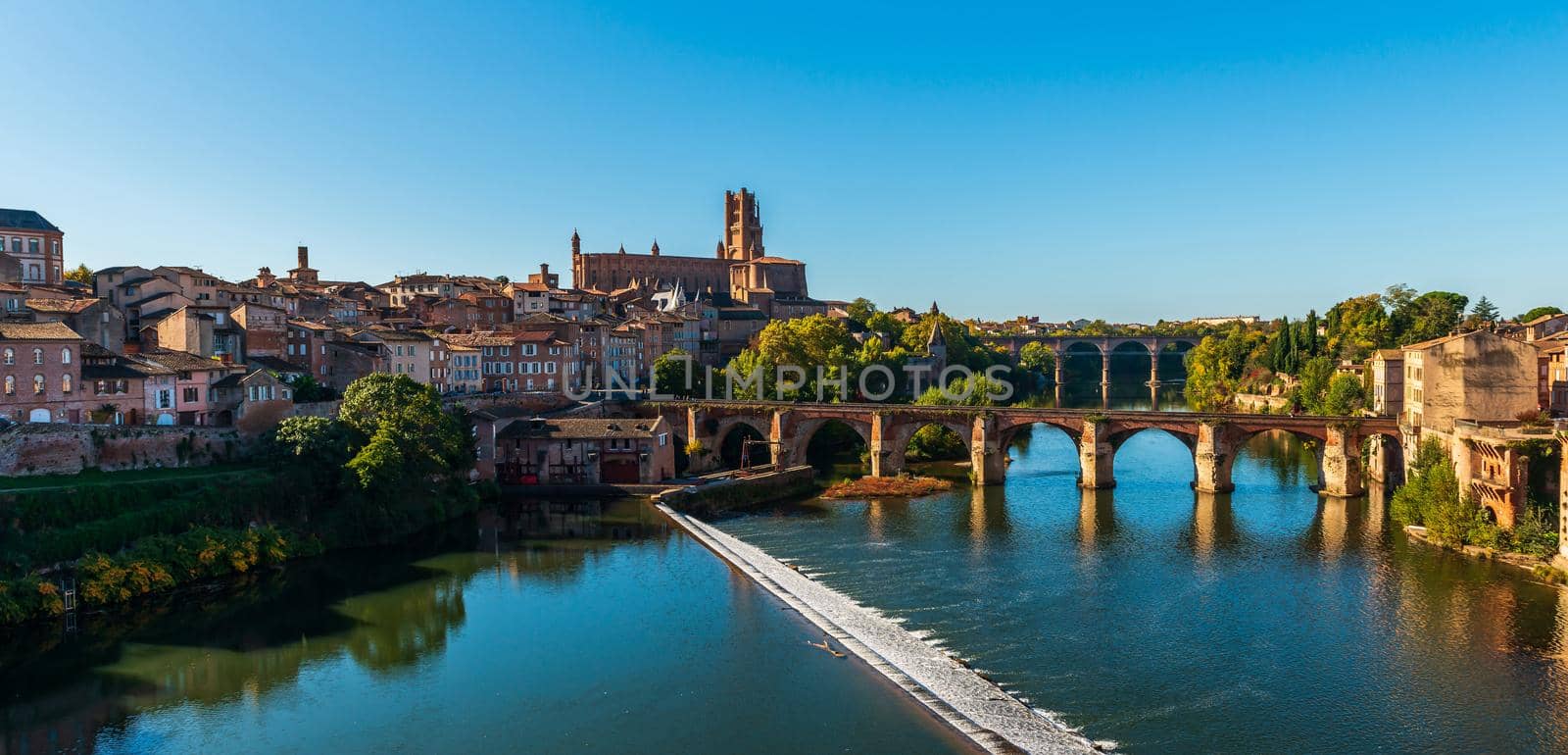
The Tarn and its banks, from the Pont Neuf in Albi, in the Tarn, in Occitanie, France
Stock PhotoUsername
FredericResolution
7360x3544pxThe Tarn and its banks, from the Pont Neuf in Albi, in the Tarn, in Occitanie, France

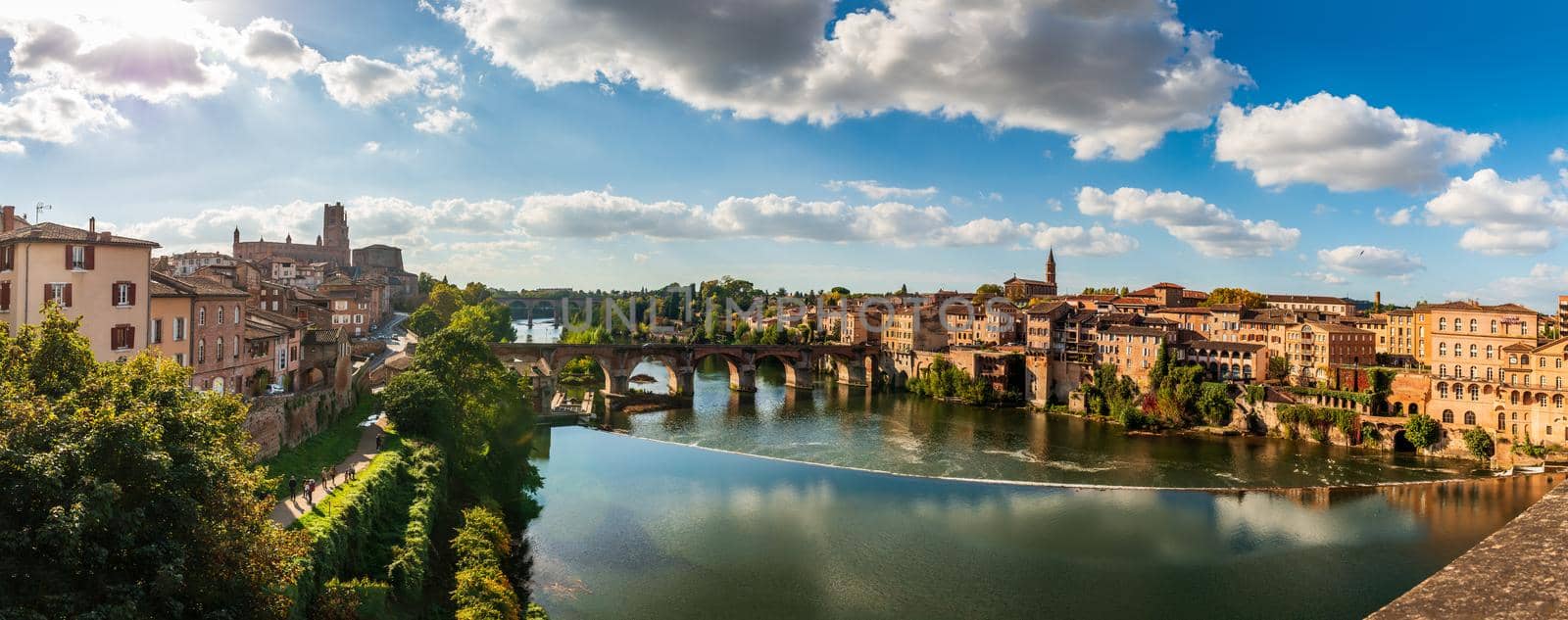
The Tarn and its banks, from the Pont Neuf in Albi, in the Tarn, in Occitanie, France
Stock PhotoUsername
FredericResolution
10000x3959pxThe Tarn and its banks, from the Pont Neuf in Albi, in the Tarn, in Occitanie, France

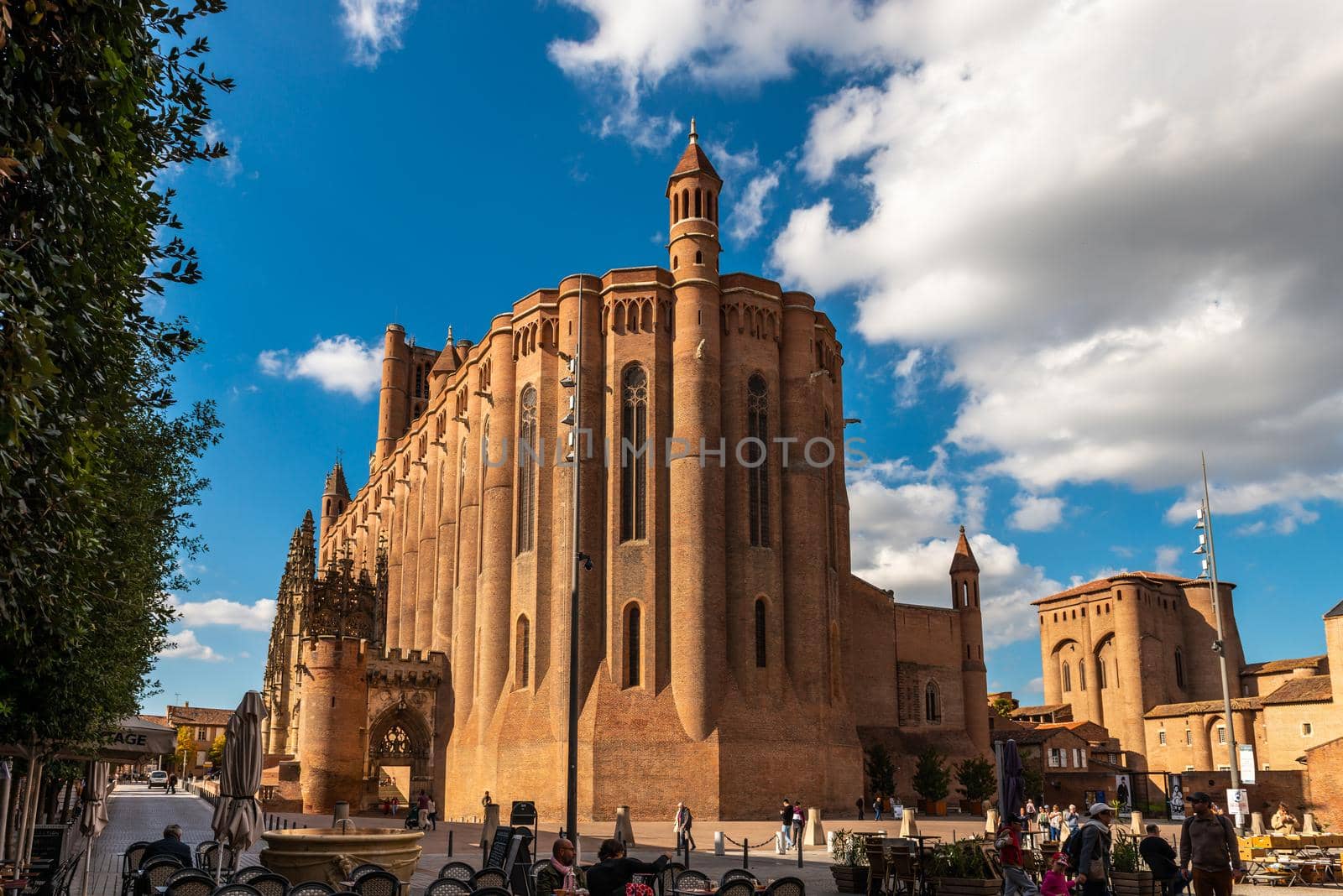
October 24, 2021: Rear of the Sainte Cécile cathedral in Albi, from Sainte Cécile square, in the Tarn, in Occitanie, France
Editorial LicenseUsername
FredericResolution
7360x4912pxOctober 24, 2021: Rear of the Sainte Cécile cathedral in Albi, from Sainte Cécile square, in the Tarn, in Occitanie, France

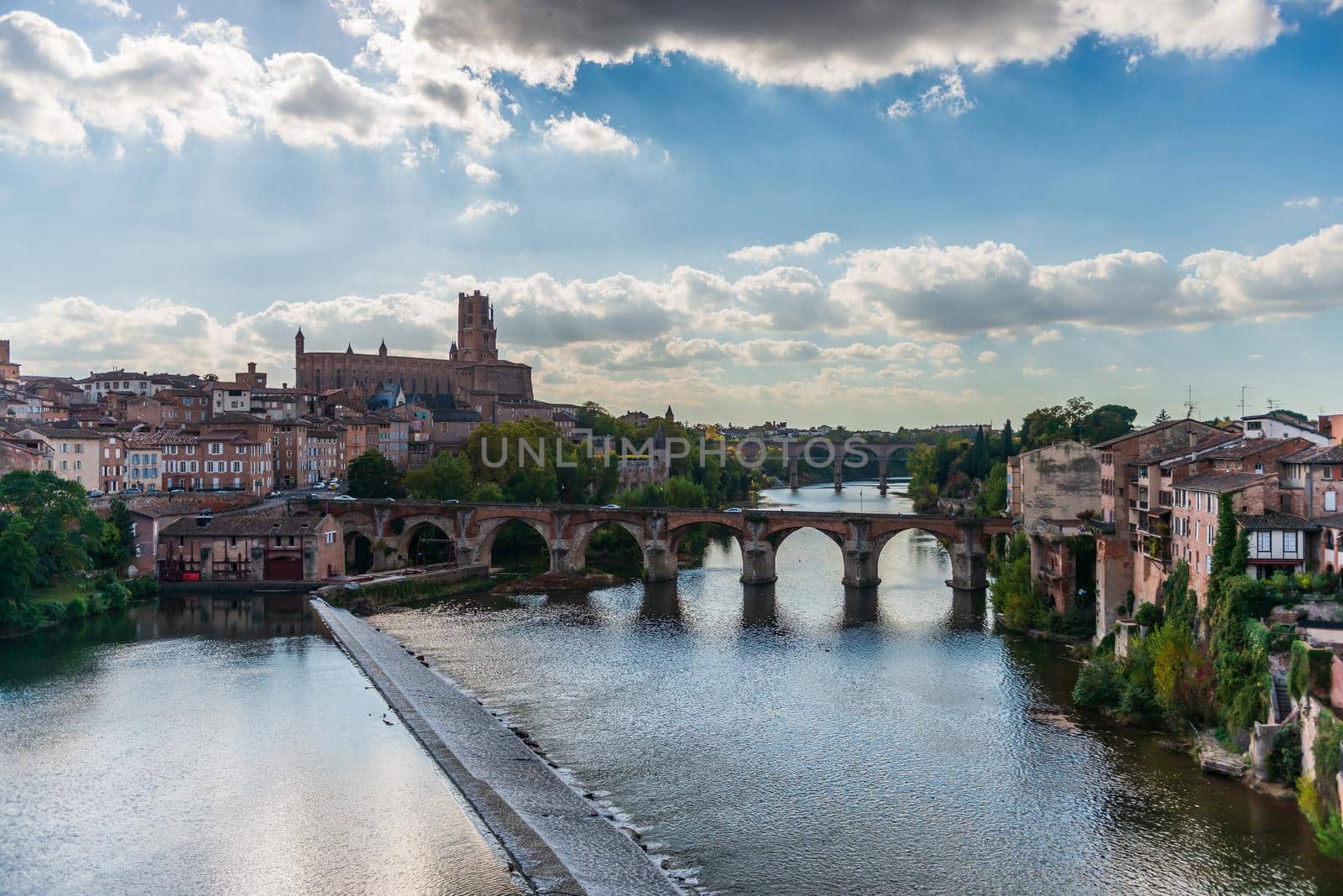
The Tarn and its banks, from the Pont Neuf in Albi, in the Tarn, in Occitanie, France
Stock PhotoUsername
FredericResolution
7360x4912pxThe Tarn and its banks, from the Pont Neuf in Albi, in the Tarn, in Occitanie, France

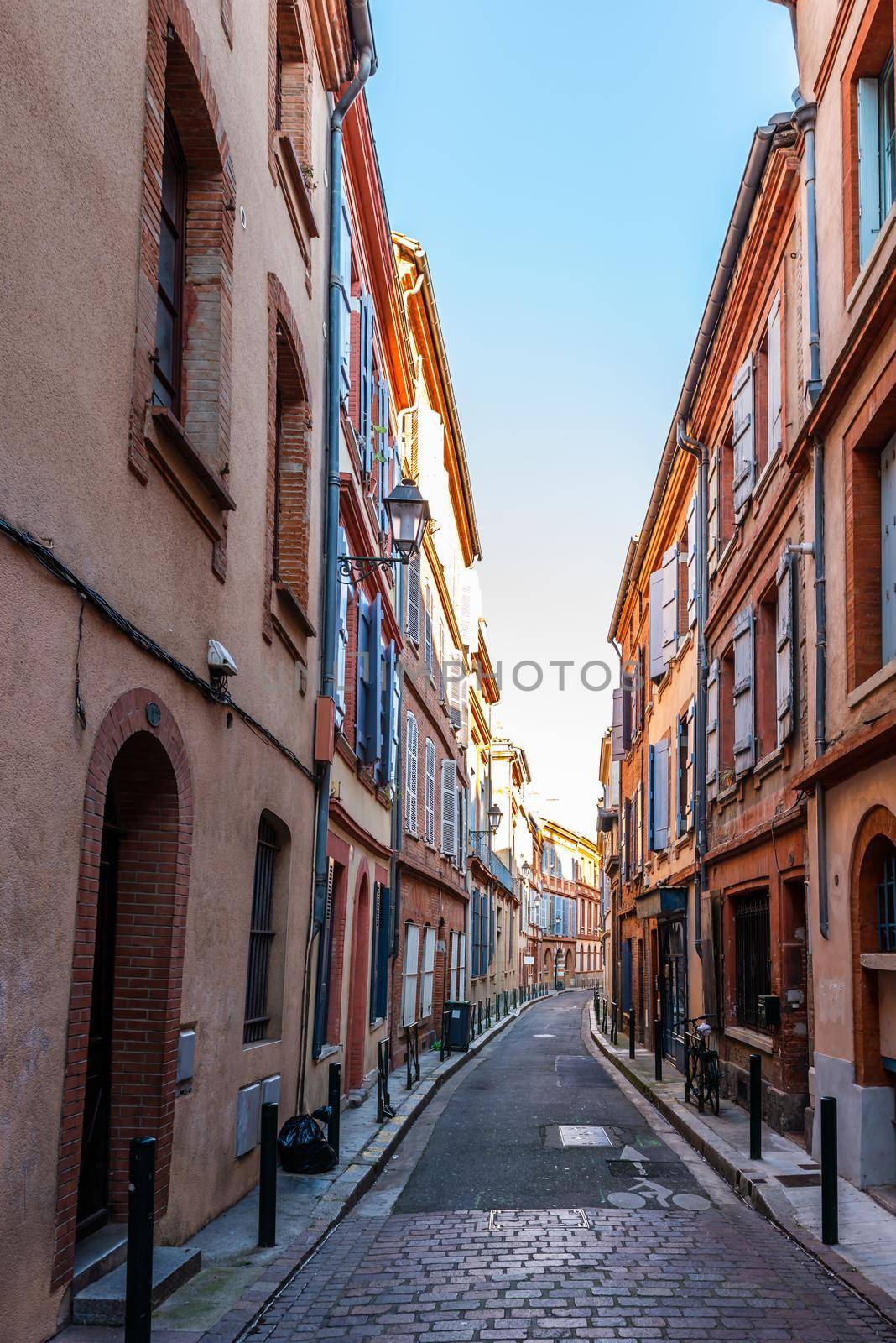
Typical street in Toulouse, Haute Garonne, Occitanie, France
Stock PhotoUsername
FredericResolution
4912x7360pxTypical street in Toulouse, Haute Garonne, Occitanie, France

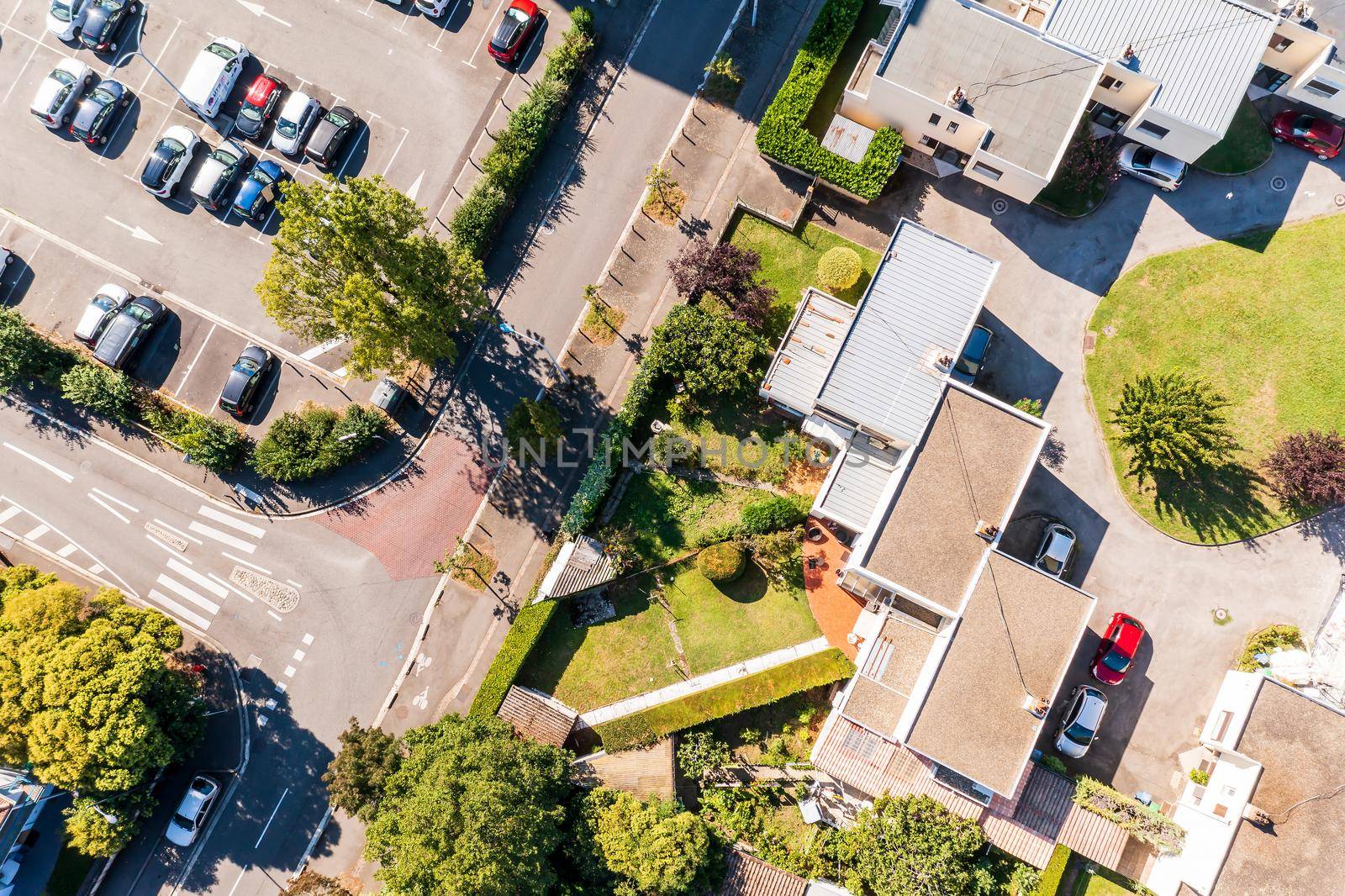
Aerial View of Toulouse, in Haute Garonne, Occitanie, France
Stock PhotoUsername
FredericResolution
5464x3640pxAerial View of Toulouse, in Haute Garonne, Occitanie, France

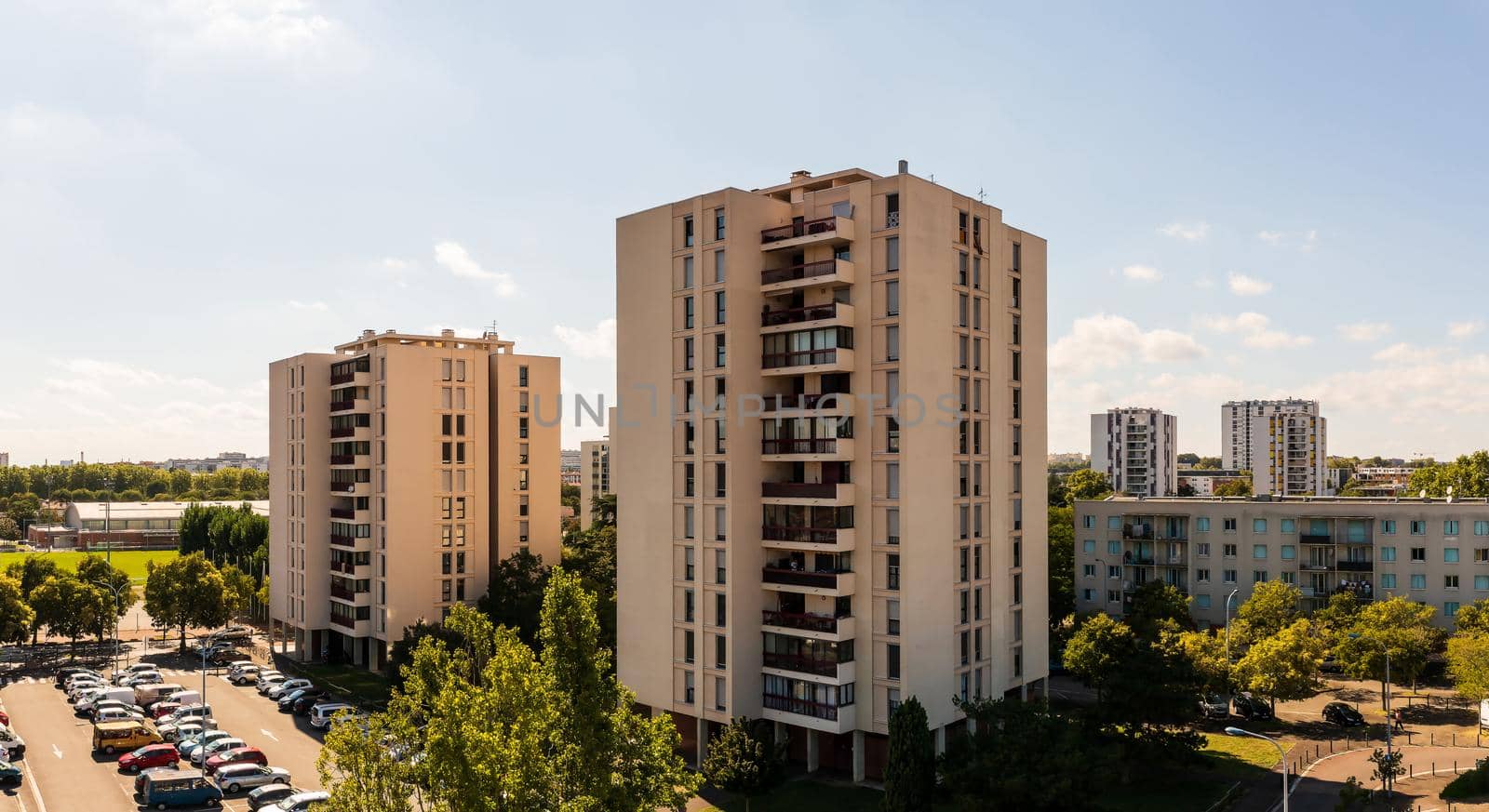
Aerial View of Toulouse, in Haute Garonne, Occitanie, France
Stock PhotoUsername
FredericResolution
6210x3390pxAerial View of Toulouse, in Haute Garonne, Occitanie, France


Aerial View of Toulouse, in Haute Garonne, Occitanie, France
Stock PhotoUsername
FredericResolution
8500x2436pxAerial View of Toulouse, in Haute Garonne, Occitanie, France

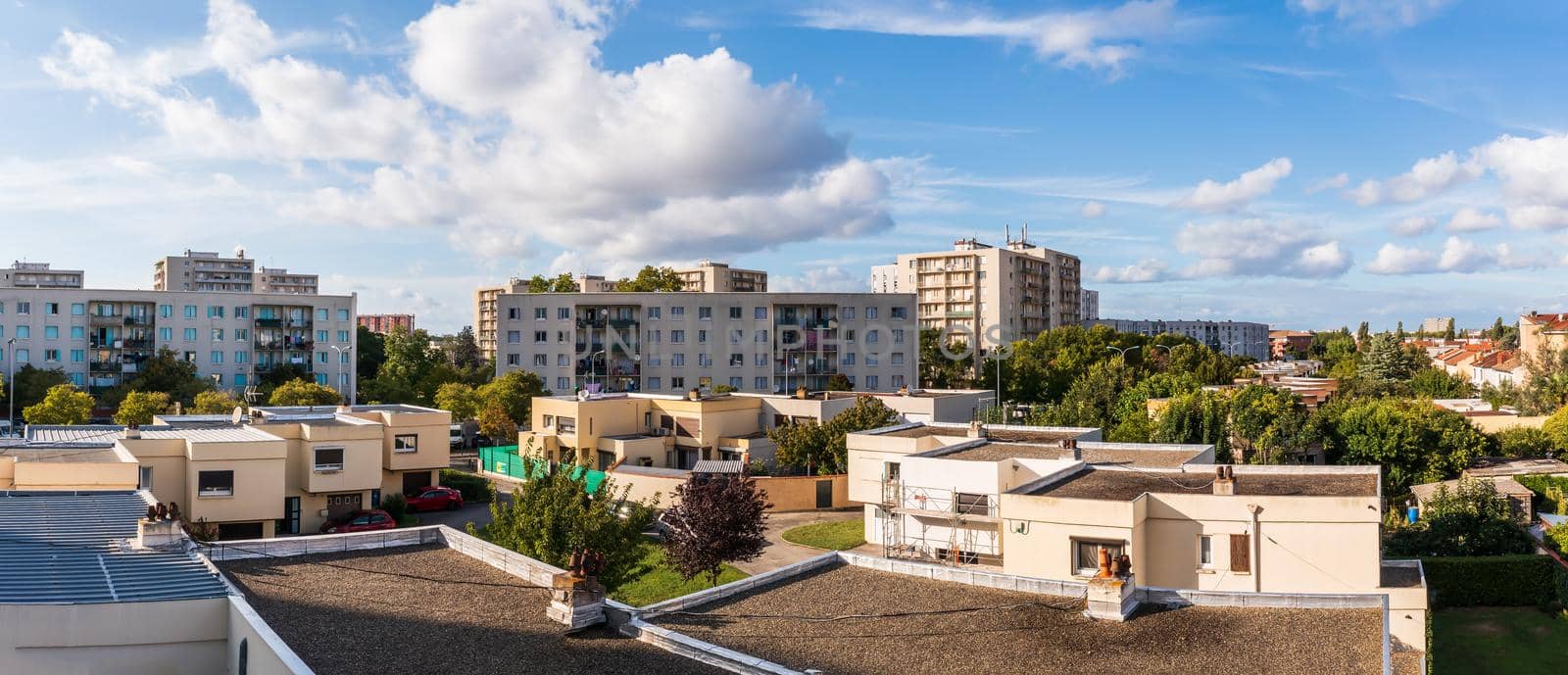
Aerial View of Toulouse, in Haute Garonne, Occitanie, France
Stock PhotoUsername
FredericResolution
8083x3481pxAerial View of Toulouse, in Haute Garonne, Occitanie, France


Aerial View of Toulouse, in Haute Garonne, Occitanie, France
Stock PhotoUsername
FredericResolution
10000x2935pxAerial View of Toulouse, in Haute Garonne, Occitanie, France


Aerial View of Toulouse, in Haute Garonne, Occitanie, France
Stock PhotoUsername
FredericResolution
8169x2456pxAerial View of Toulouse, in Haute Garonne, Occitanie, France

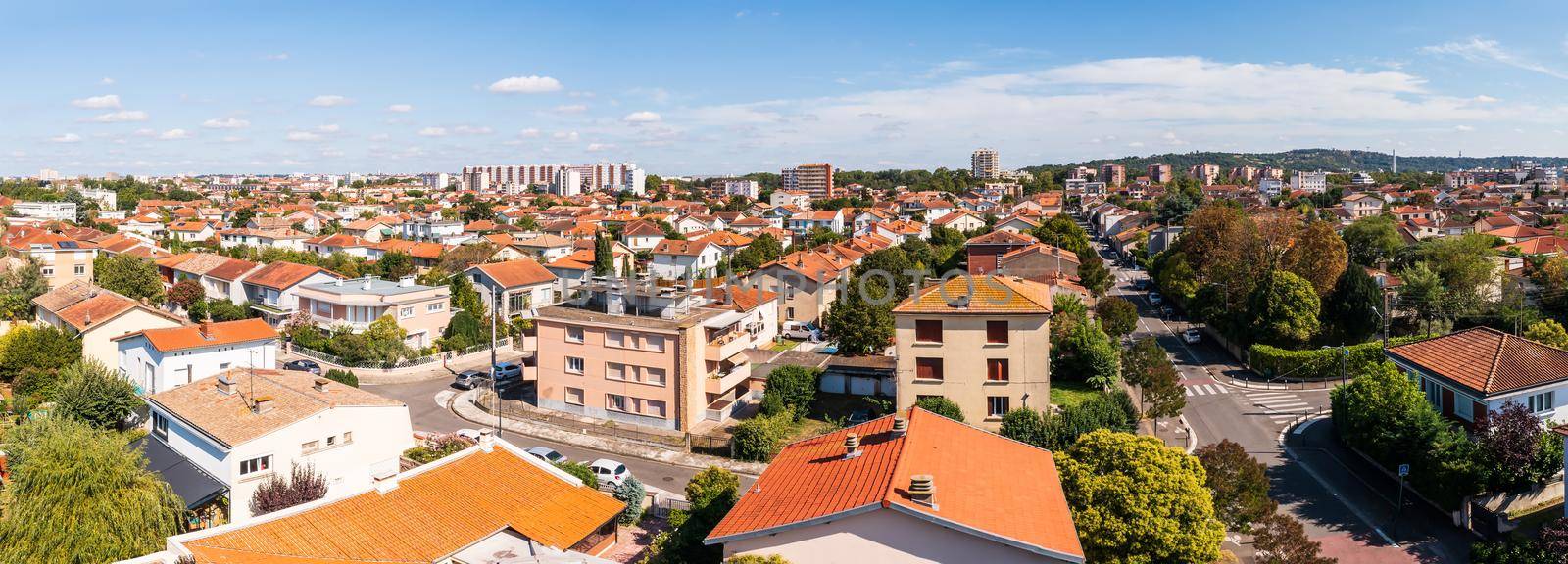
Aerial View of Toulouse, in Haute Garonne, Occitanie, France
Stock PhotoUsername
FredericResolution
9649x3473pxAerial View of Toulouse, in Haute Garonne, Occitanie, France


Aerial View of Toulouse, in Haute Garonne, Occitanie, France
Stock PhotoUsername
FredericResolution
5464x3640pxAerial View of Toulouse, in Haute Garonne, Occitanie, France
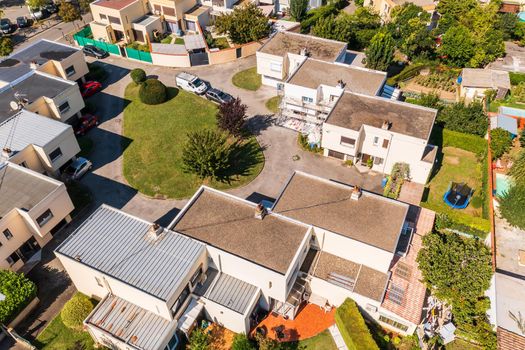
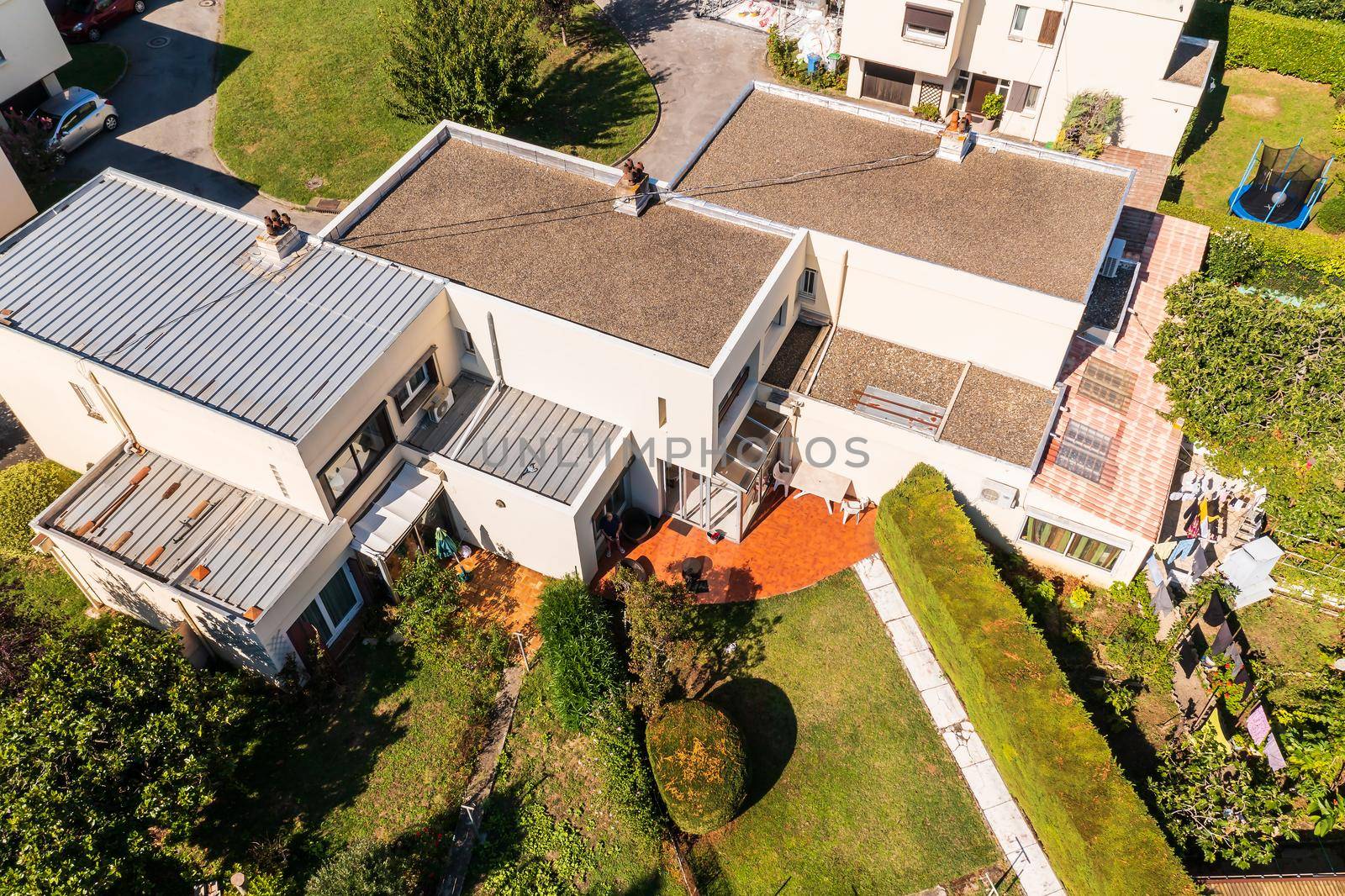
Aerial View of Toulouse, in Haute Garonne, Occitanie, France
Stock PhotoUsername
FredericResolution
5464x3640pxAerial View of Toulouse, in Haute Garonne, Occitanie, France

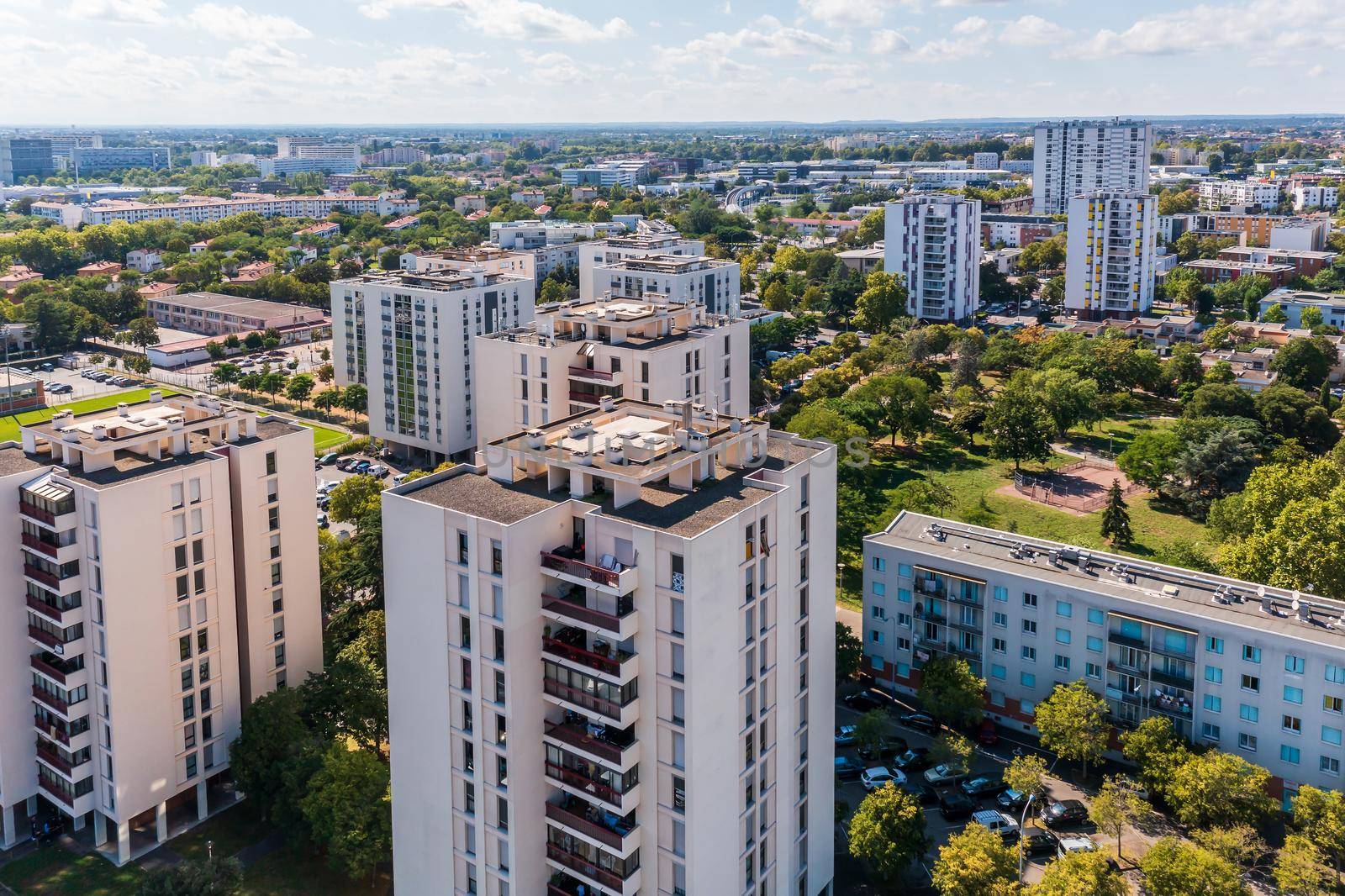
Aerial View of Toulouse, in Haute Garonne, Occitanie, France
Stock PhotoUsername
FredericResolution
5464x3640pxAerial View of Toulouse, in Haute Garonne, Occitanie, France

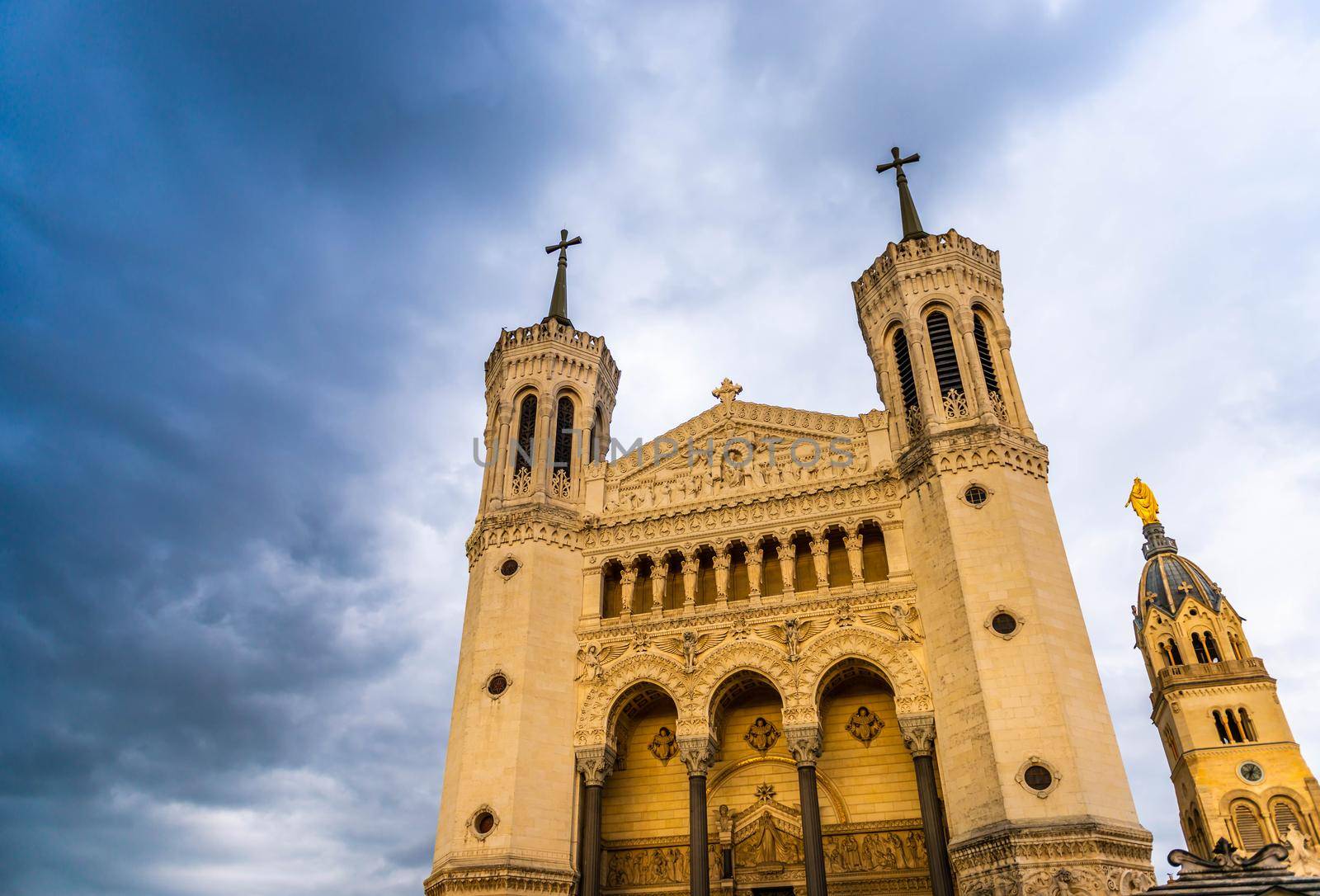
The Fourviere basilica in Lyon in the Rhone, France
Stock PhotoUsername
FredericResolution
7119x4830pxThe Fourviere basilica in Lyon in the Rhone, France

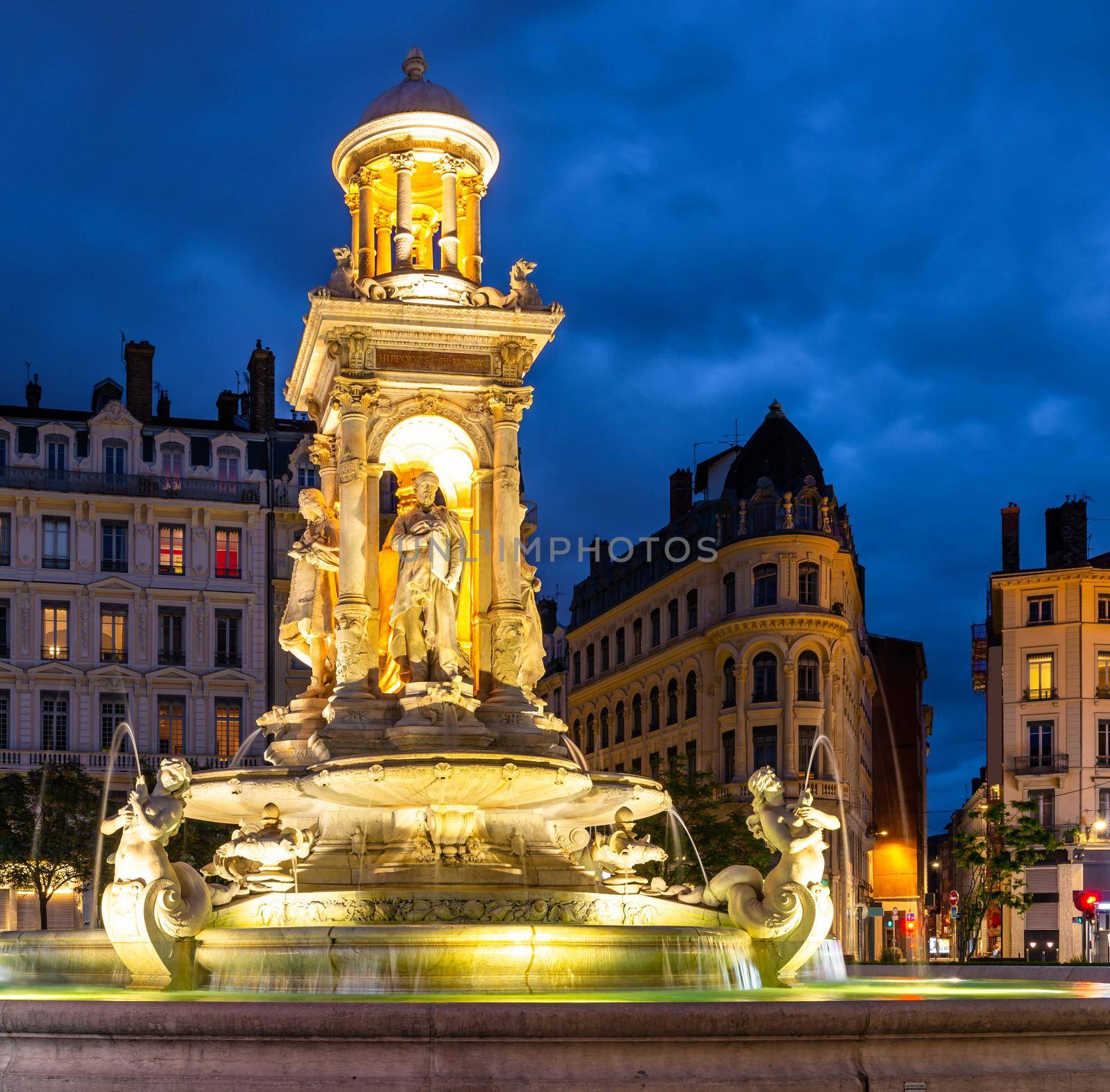
Illuminated fountain on the square of the Jacobins in Lyon in the Rhone, France
Stock PhotoUsername
FredericResolution
4994x4912pxIlluminated fountain on the square of the Jacobins in Lyon in the Rhone, France

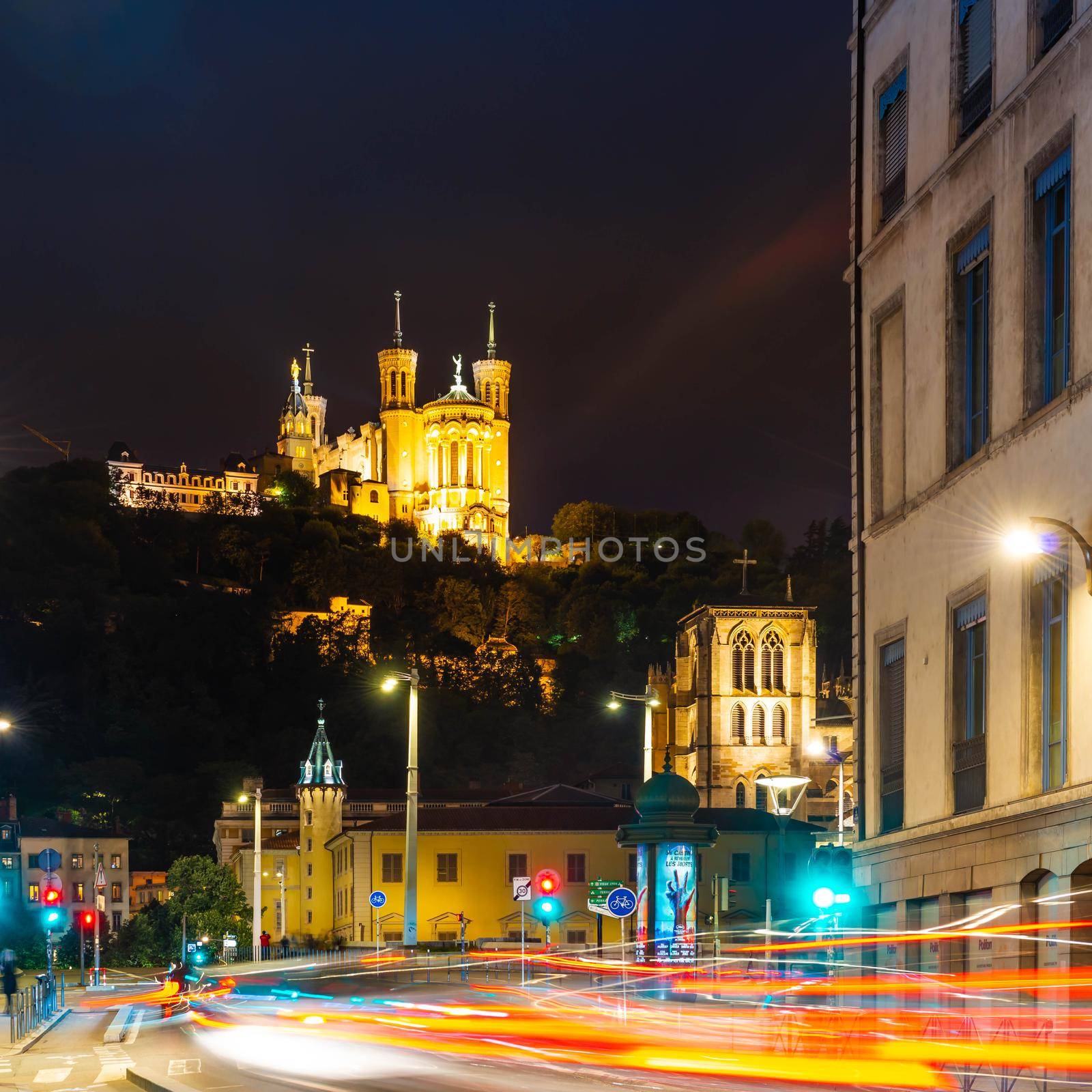
Lyon with Saint-Jean-Baptiste cathedral and Fourviere basilica in the background at night, Rhone, France
Stock PhotoUsername
FredericResolution
4878x4878pxLyon with Saint-Jean-Baptiste cathedral and Fourviere basilica in the background at night, Rhone, France


Statue of Louis XIV on Place Bellecour at night in Lyon in the Rhone, France
Stock PhotoUsername
FredericResolution
4919x2278pxStatue of Louis XIV on Place Bellecour at night in Lyon in the Rhone, France
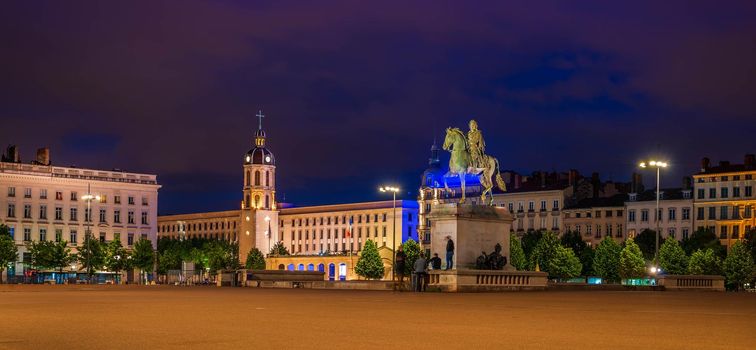

Panoramic of the oyster beds at the tang de Thau in Bouzigues, Herault in Occitanie, France
Stock PhotoUsername
FredericResolution
10964x3653pxPanoramic of the oyster beds at the tang de Thau in Bouzigues, Herault in Occitanie, France

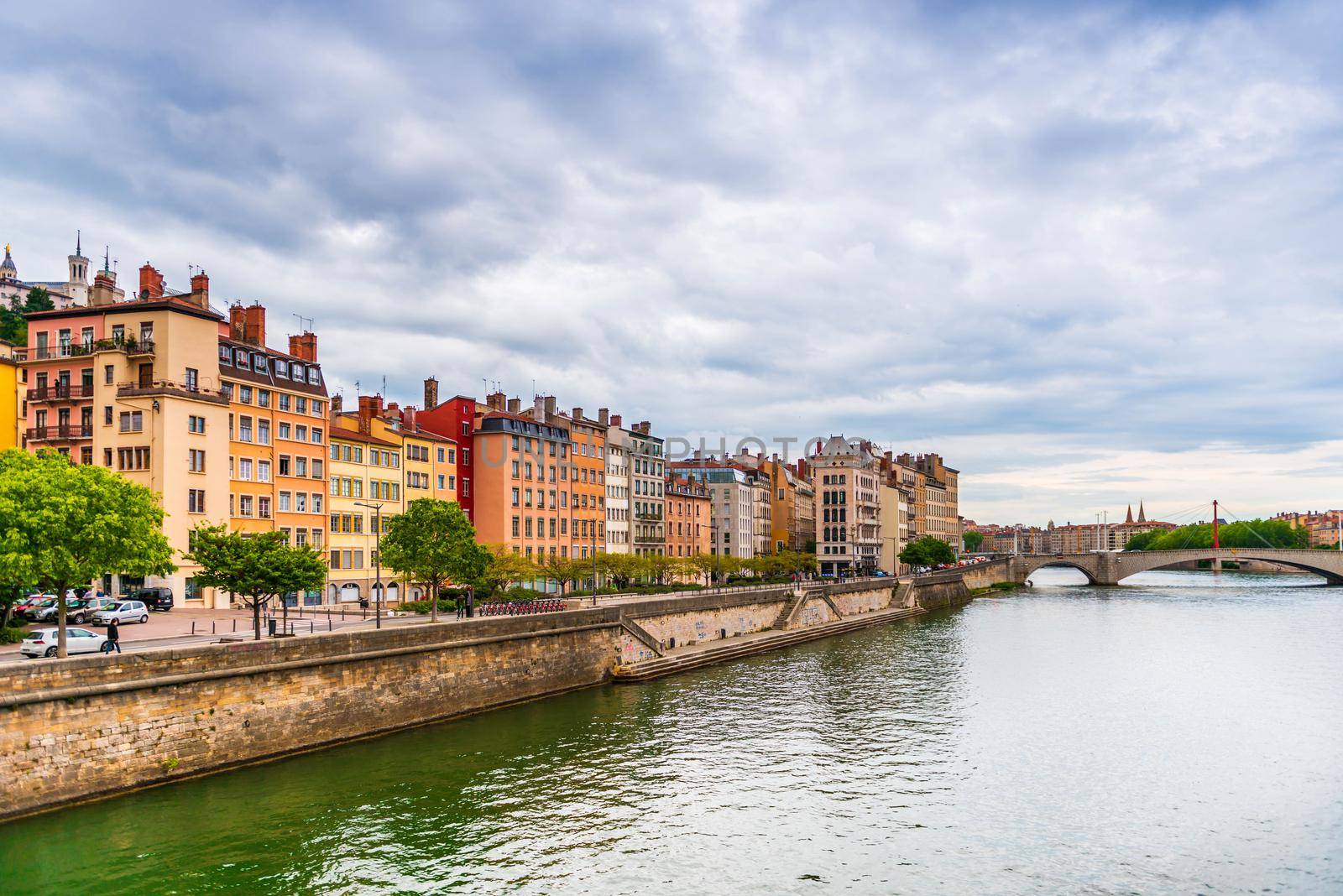
The quays of the Saone in Lyon in the evening in the Rhone in Auvergne-Rhone-Alpes, France
Stock PhotoUsername
FredericResolution
7360x4912pxThe quays of the Saone in Lyon in the evening in the Rhone in Auvergne-Rhone-Alpes, France

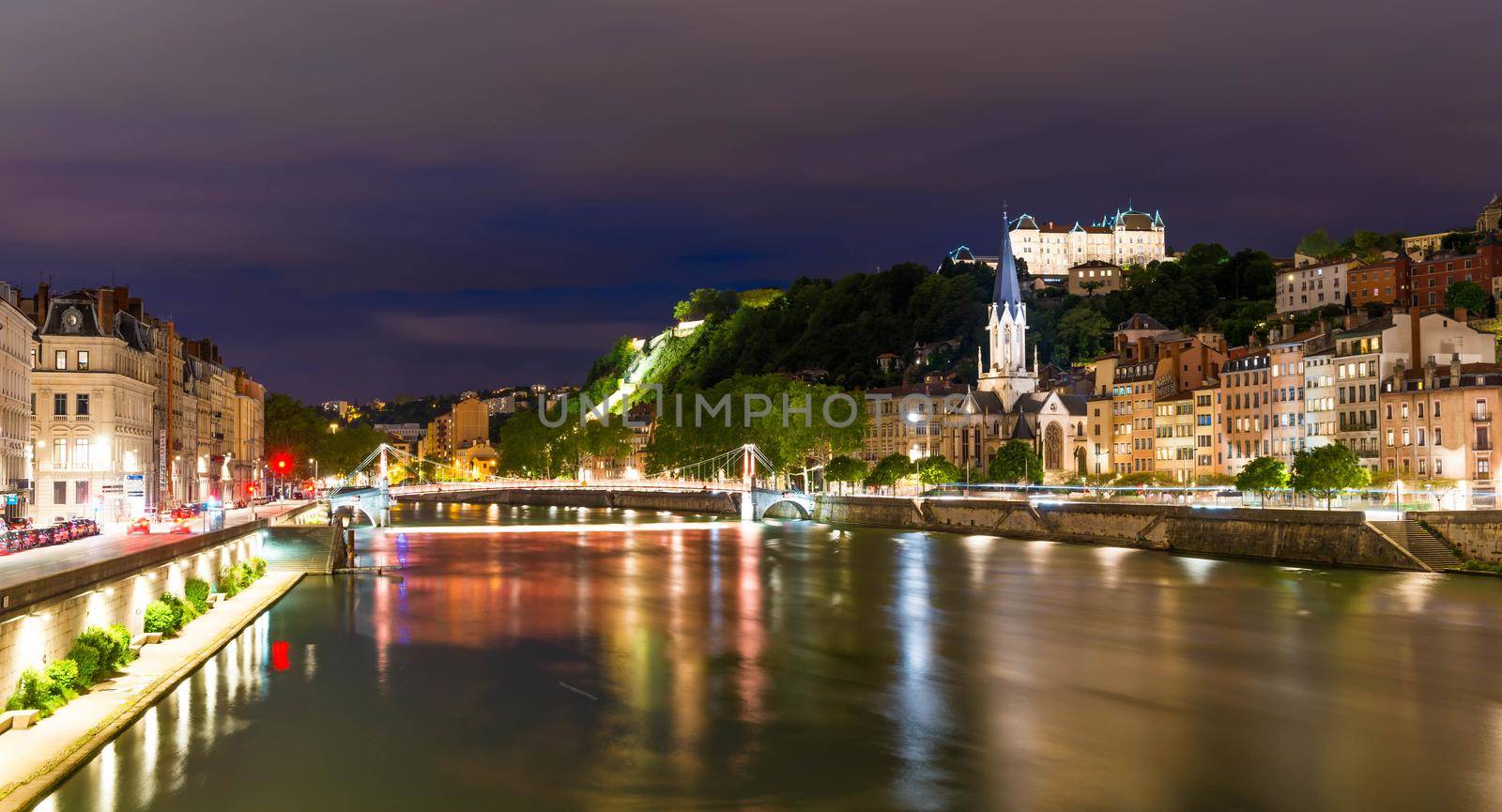
The banks of the Saone at dusk in Lyon in the Rhone, France
Stock PhotoUsername
FredericResolution
7359x3977pxThe banks of the Saone at dusk in Lyon in the Rhone, France

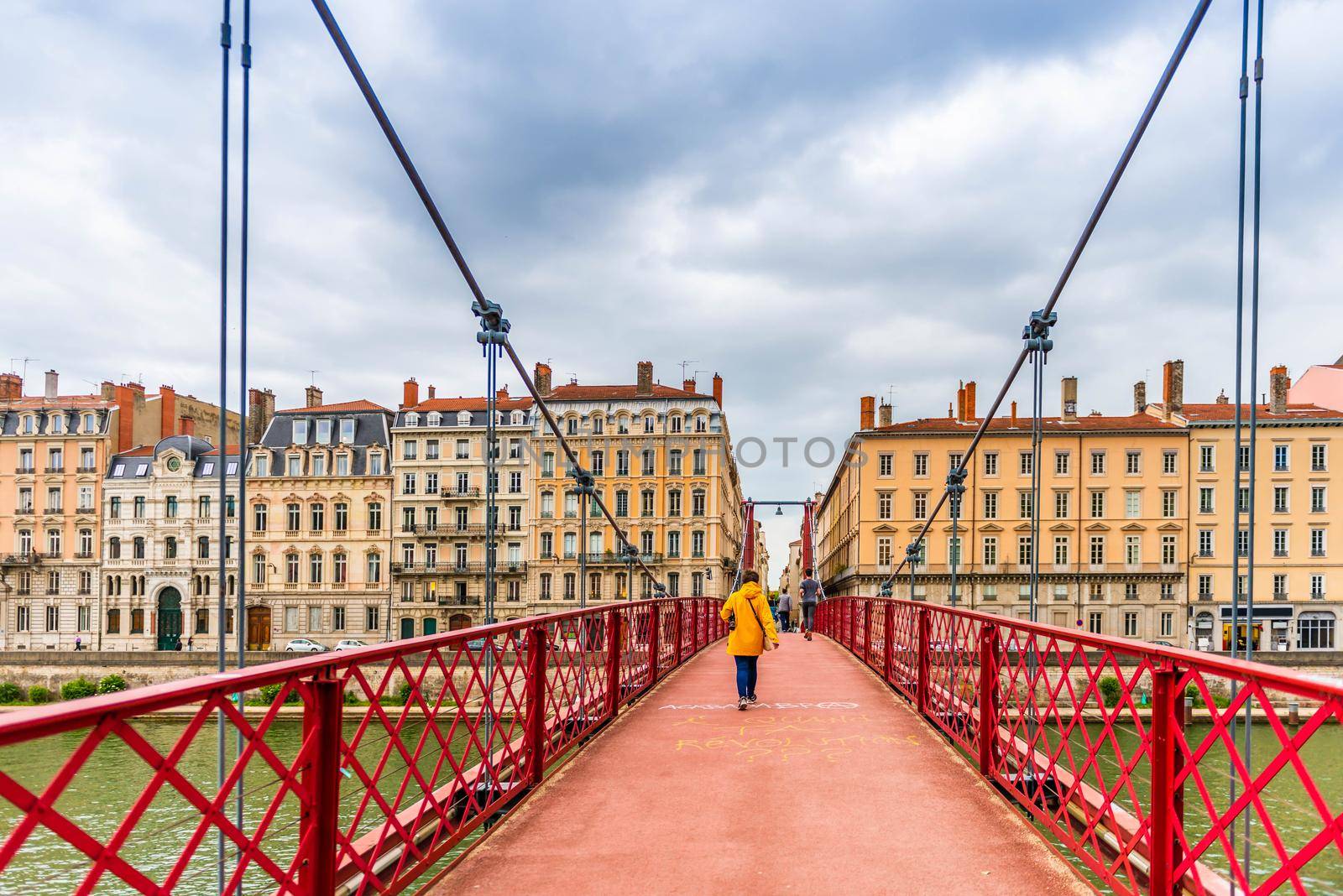
Footbridge on the Saone in Lyon in the Rhone, France
Stock PhotoUsername
FredericResolution
7164x4781pxFootbridge on the Saone in Lyon in the Rhone, France

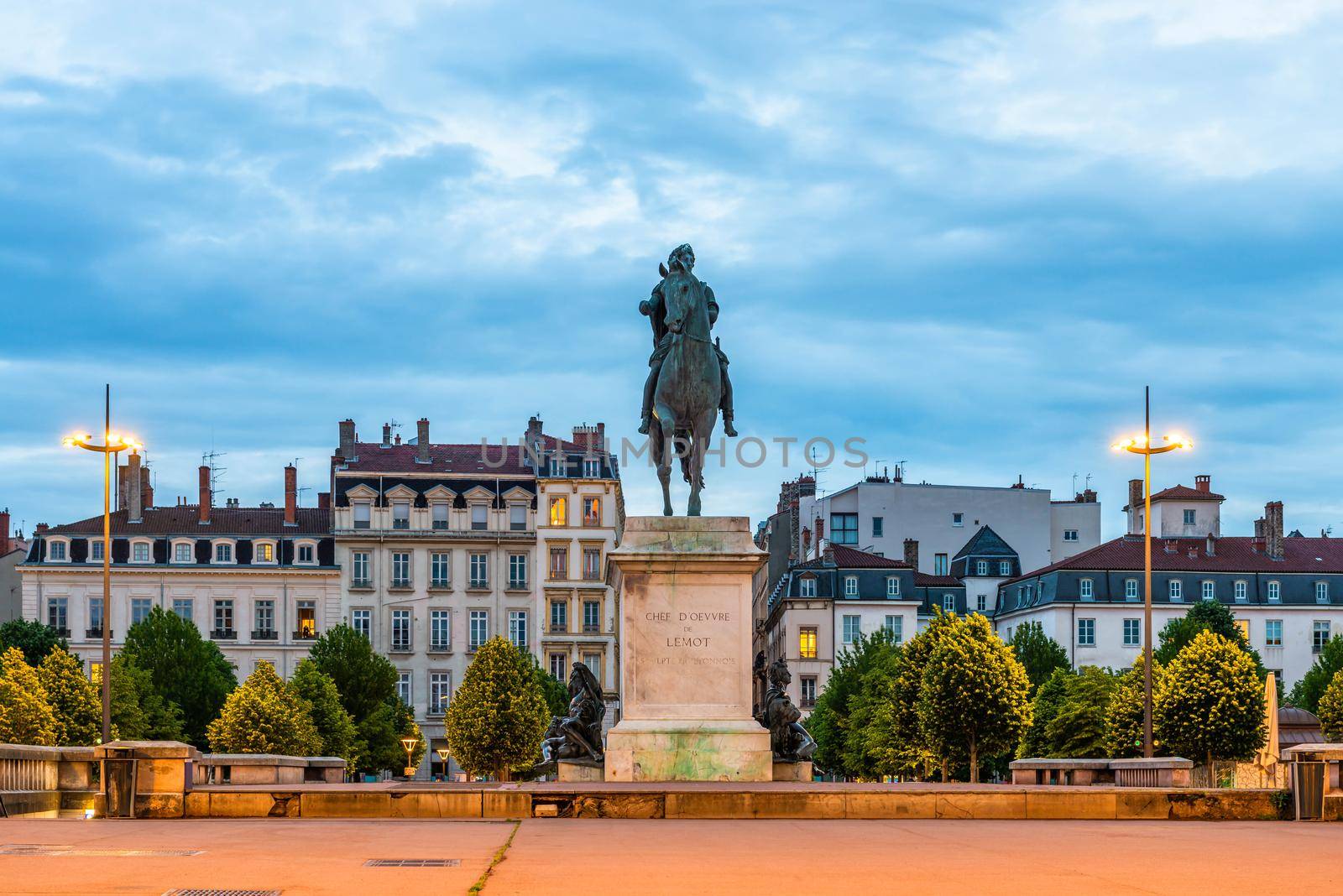
Statue of King Louis XIV on Place Bellecour in Lyon in the Rhone, France
Stock PhotoUsername
FredericResolution
7360x4912pxStatue of King Louis XIV on Place Bellecour in Lyon in the Rhone, France

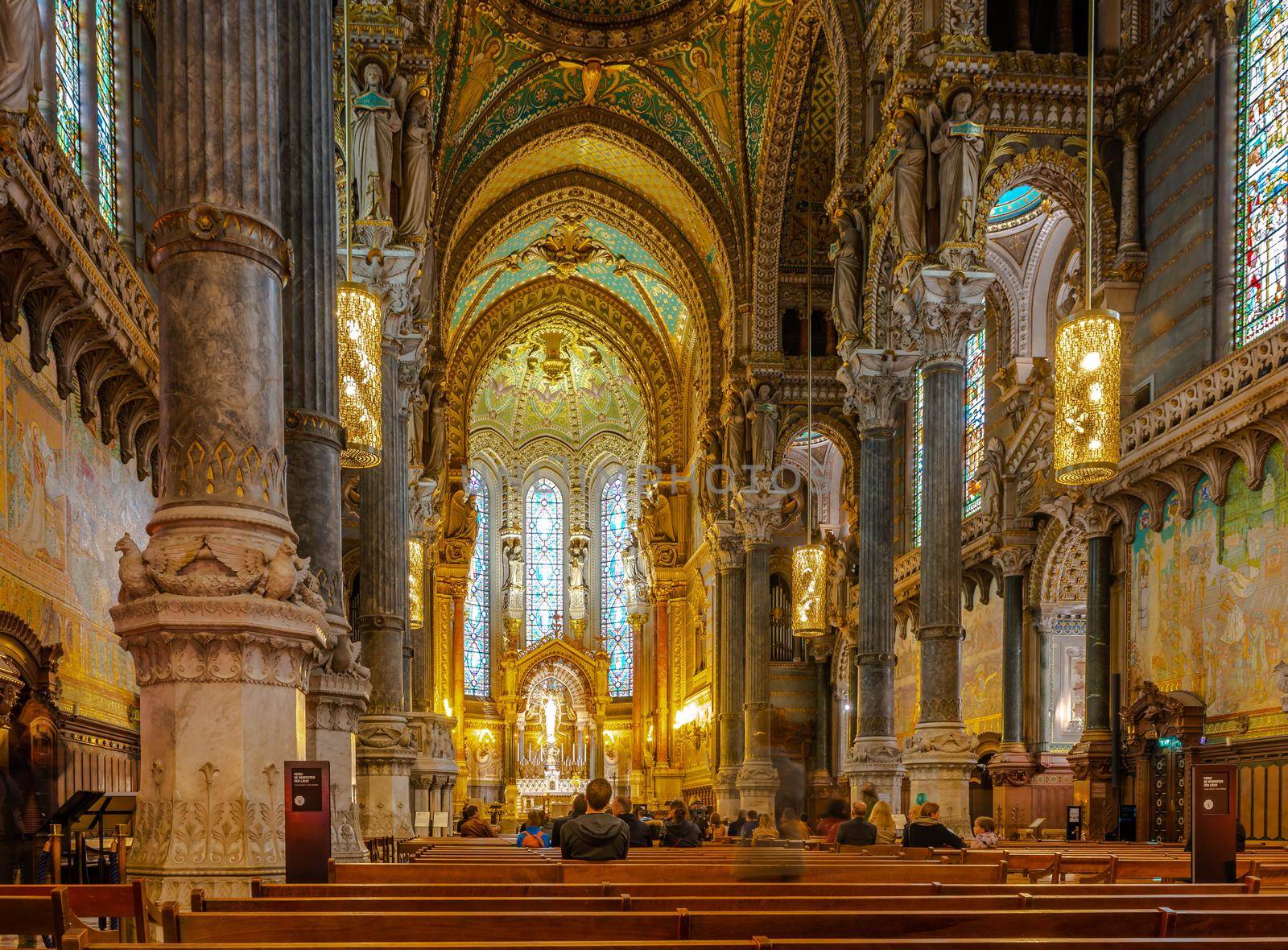
The interior of Notre Dame de Fourviere basilica in Lyon in the Rhone, France
Stock PhotoUsername
FredericResolution
5819x4293pxThe interior of Notre Dame de Fourviere basilica in Lyon in the Rhone, France

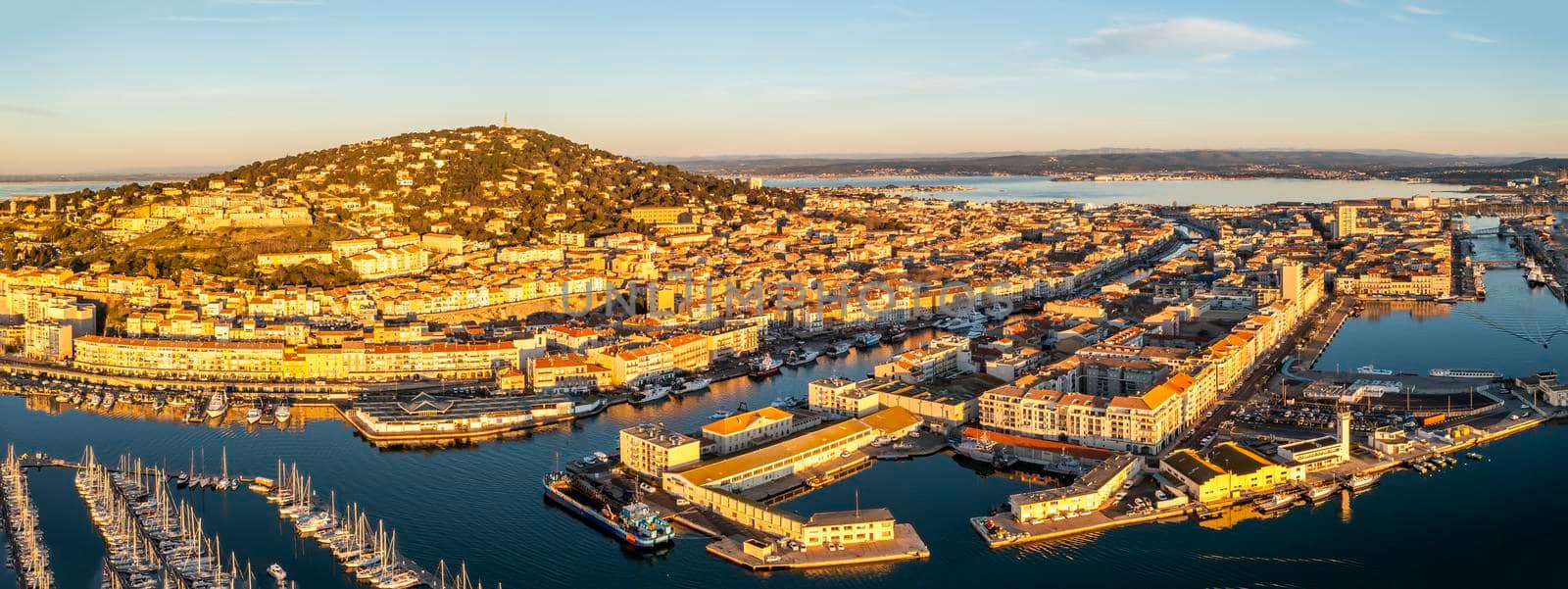
Aerial panorama of the port of Sète at sunrise in Hérault in Occitanie, France
Stock PhotoUsername
FredericResolution
7909x2969pxAerial panorama of the port of Sète at sunrise in Hérault in Occitanie, France

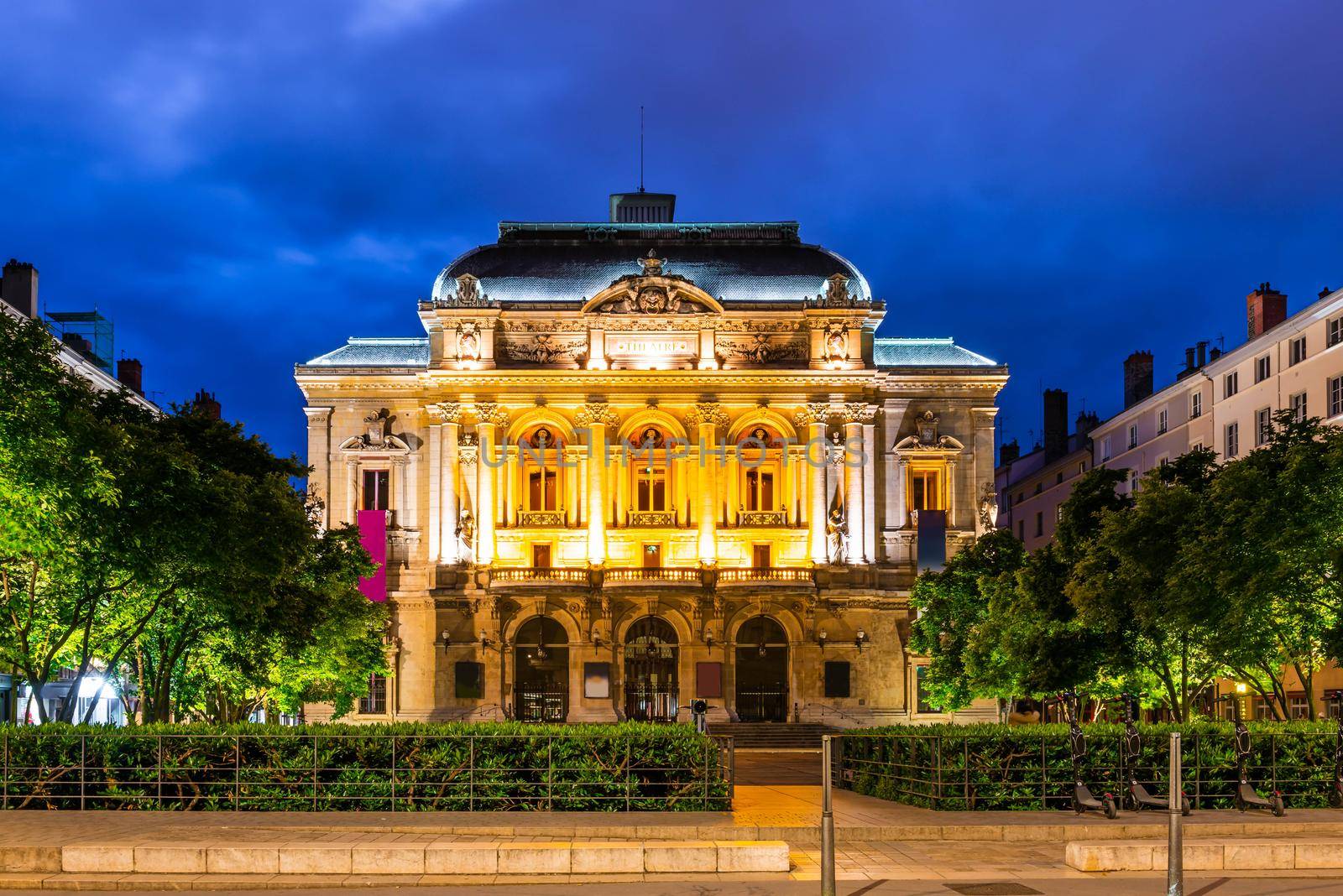
Theater des Célestins illuminated at night, in Lyon in the Rhône, France
Stock PhotoUsername
FredericResolution
7360x4912pxTheater des Célestins illuminated at night, in Lyon in the Rhône, France

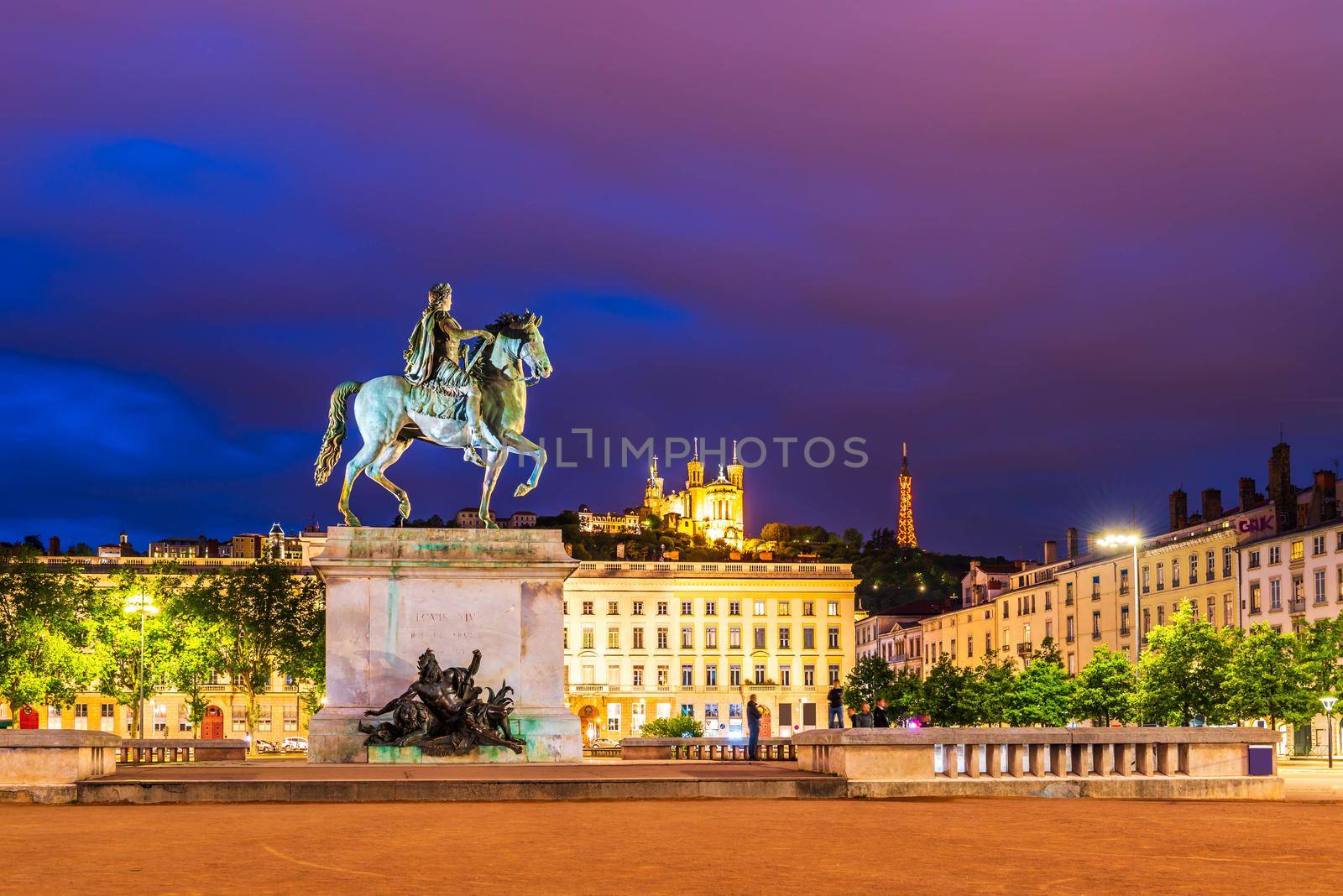
Statue of King Louis XIV on Place Bellecour in Lyon in the Rhone, France
Stock PhotoUsername
FredericResolution
7360x4912pxStatue of King Louis XIV on Place Bellecour in Lyon in the Rhone, France


The Saint-Jean Cathedral and the Fourvière Basilica in Lyon in the Rhone, France
Stock PhotoUsername
FredericResolution
6850x4912pxThe Saint-Jean Cathedral and the Fourvière Basilica in Lyon in the Rhone, France
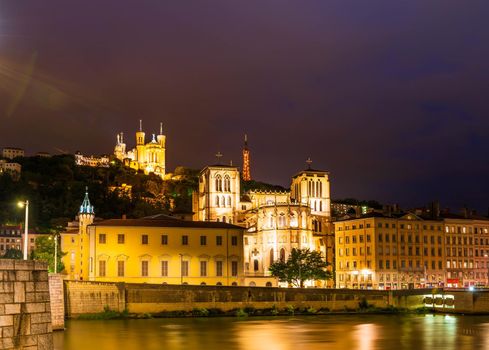
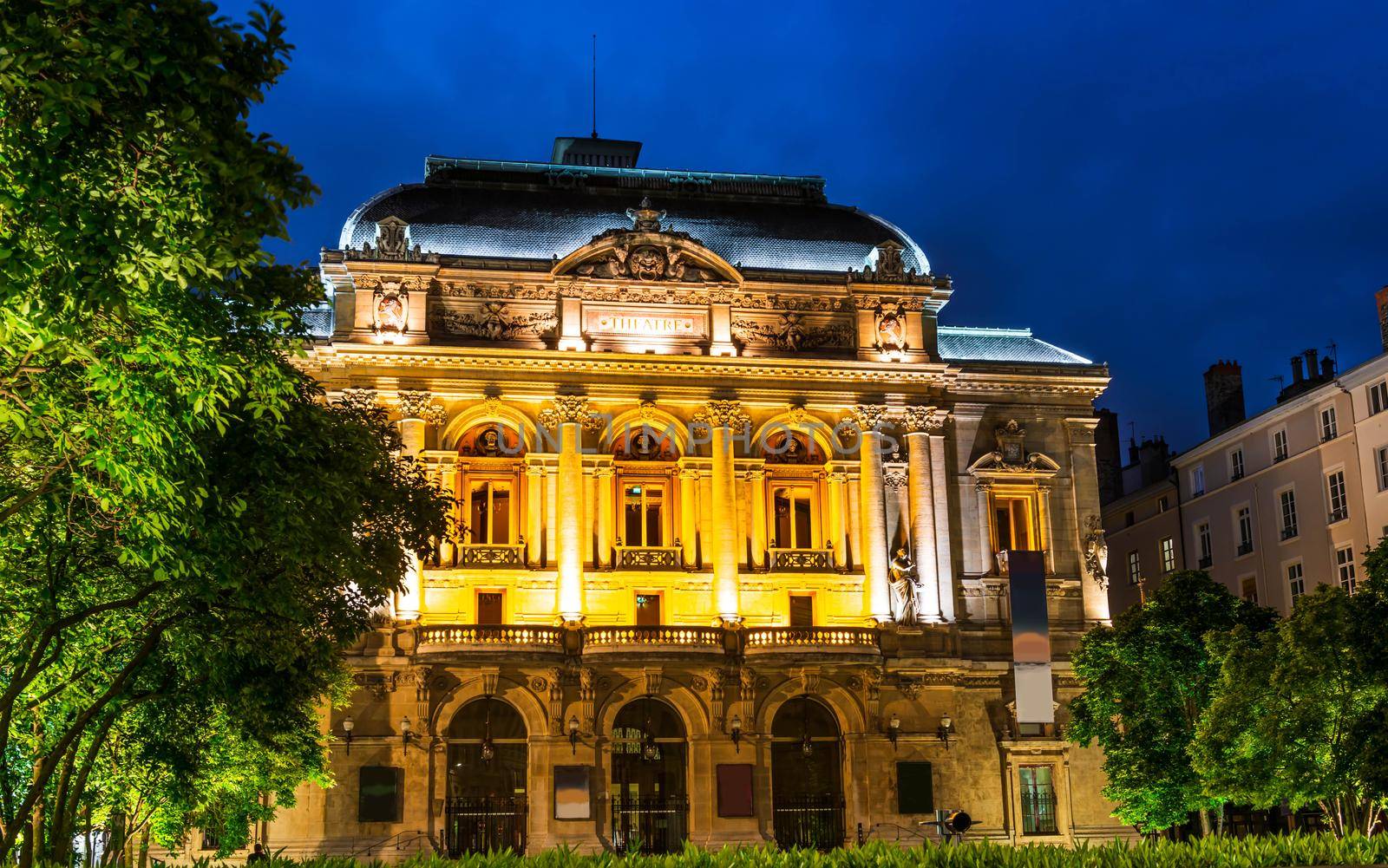
Theater des Célestins illuminated at night, in Lyon in the Rhône, France
Stock PhotoUsername
FredericResolution
7359x4603pxTheater des Célestins illuminated at night, in Lyon in the Rhône, France

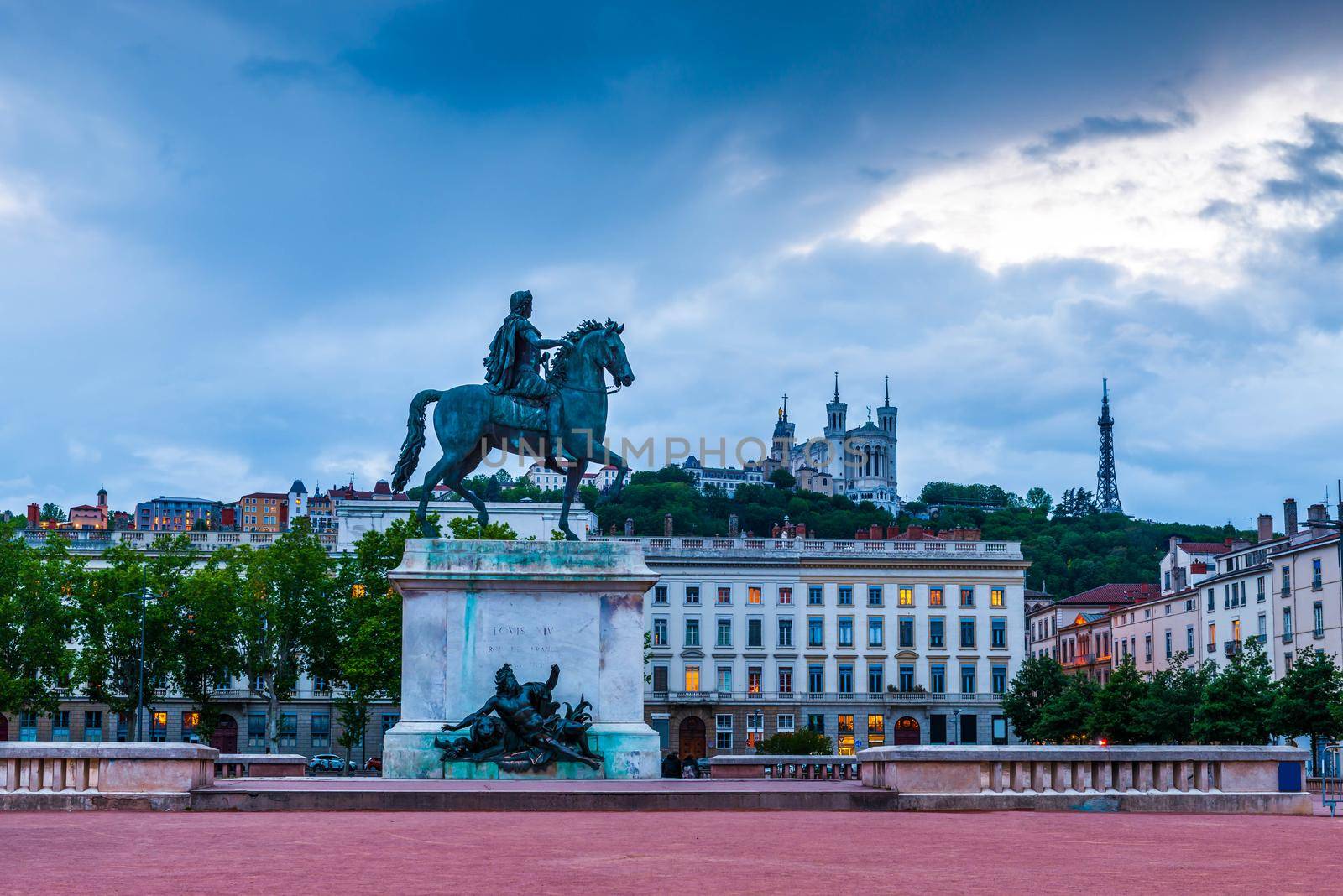
Statue of King Louis XIV on Place Bellecour in Lyon in the Rhone, France
Stock PhotoUsername
FredericResolution
7360x4912pxStatue of King Louis XIV on Place Bellecour in Lyon in the Rhone, France

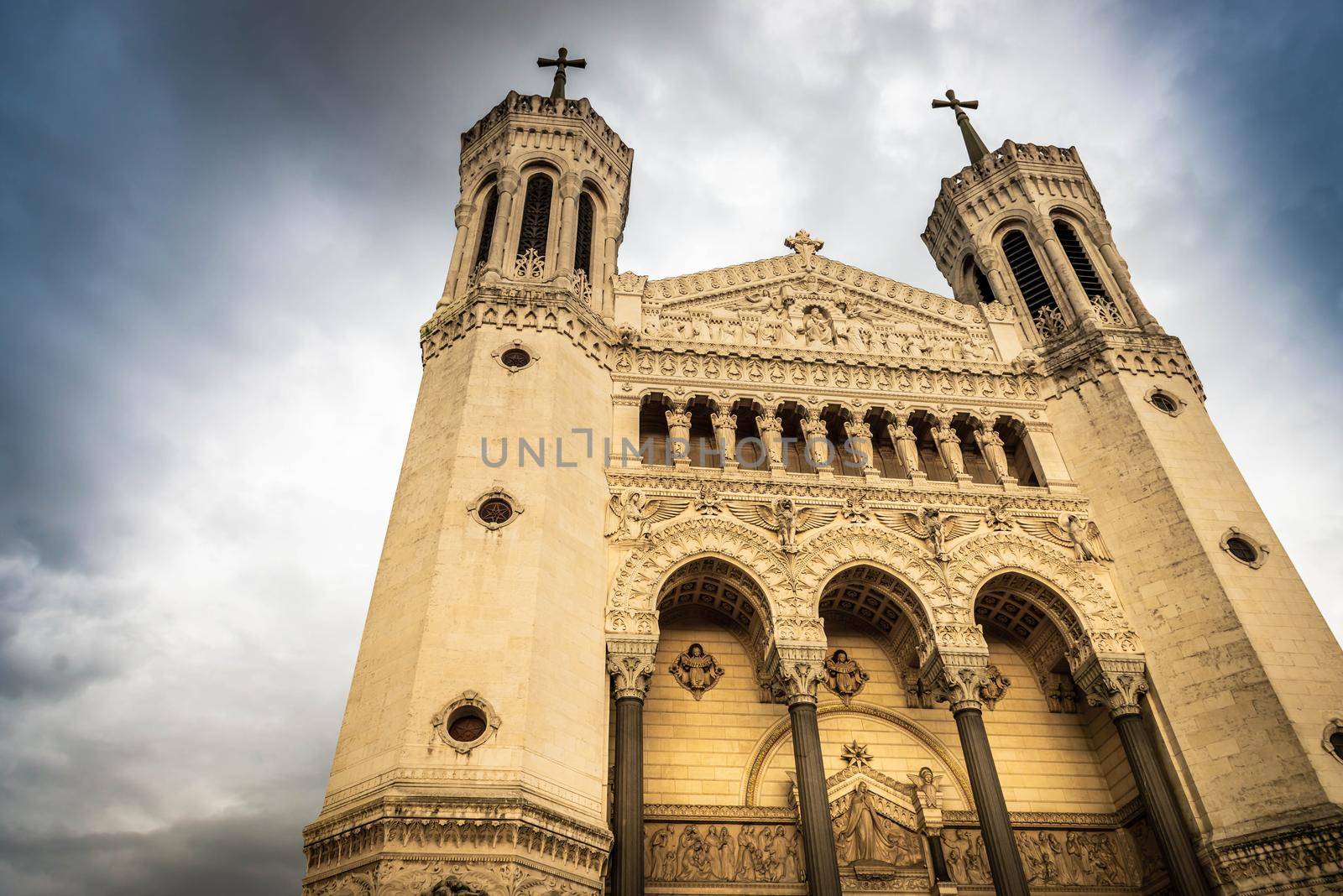
The Basilica Notre Dame de Fourviere in Lyon in the Rhone, France
Stock PhotoUsername
FredericResolution
7360x4912pxThe Basilica Notre Dame de Fourviere in Lyon in the Rhone, France

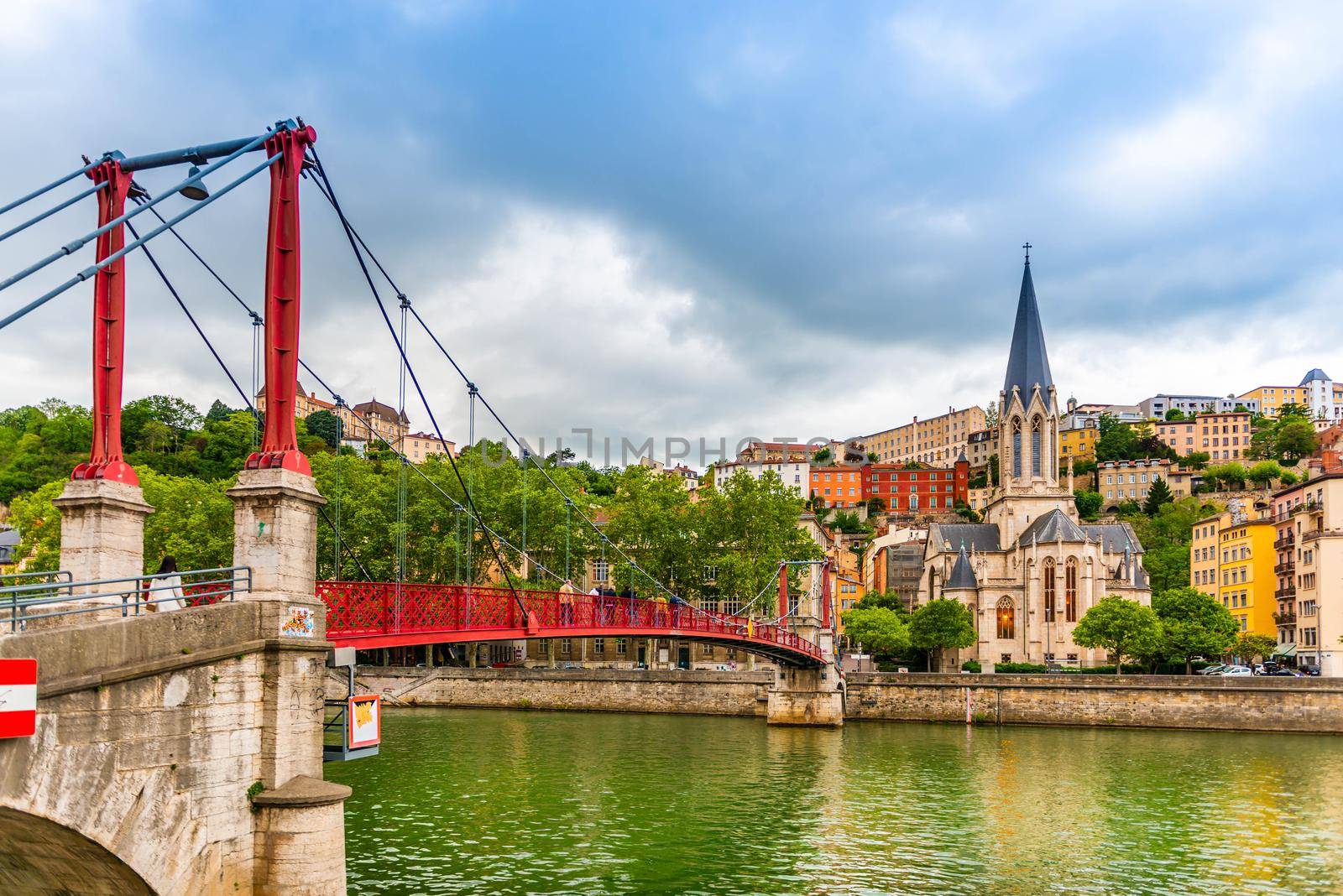
Footbridge over the Saone, and the Saint Georges church, in Lyon, in the Rhône, France
Stock PhotoUsername
FredericResolution
7360x4912pxFootbridge over the Saone, and the Saint Georges church, in Lyon, in the Rhône, France

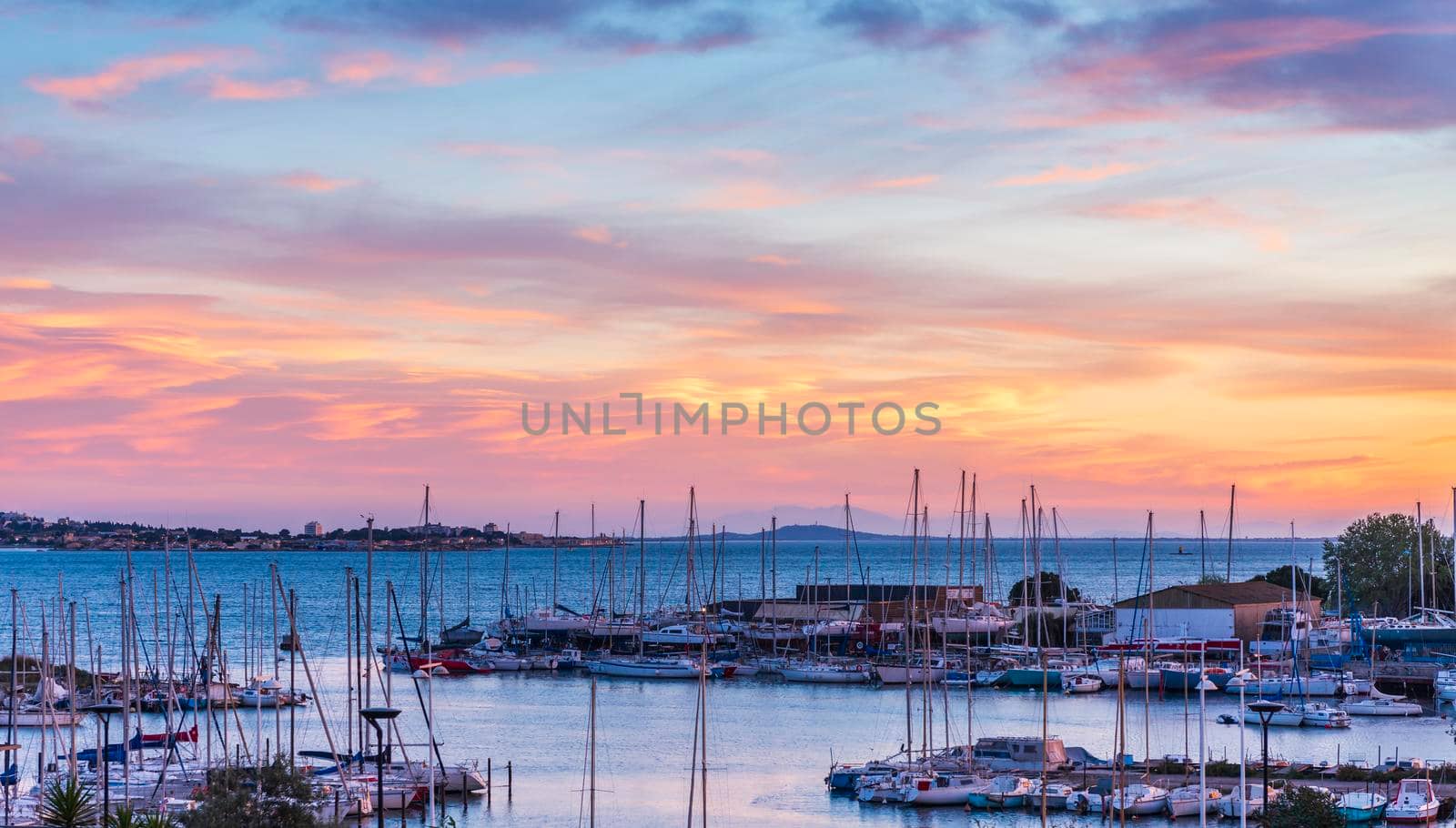
Dusk over the Thau lagoon at Balaruc in Occitanie, France
Stock PhotoUsername
FredericResolution
6582x3743pxDusk over the Thau lagoon at Balaruc in Occitanie, France

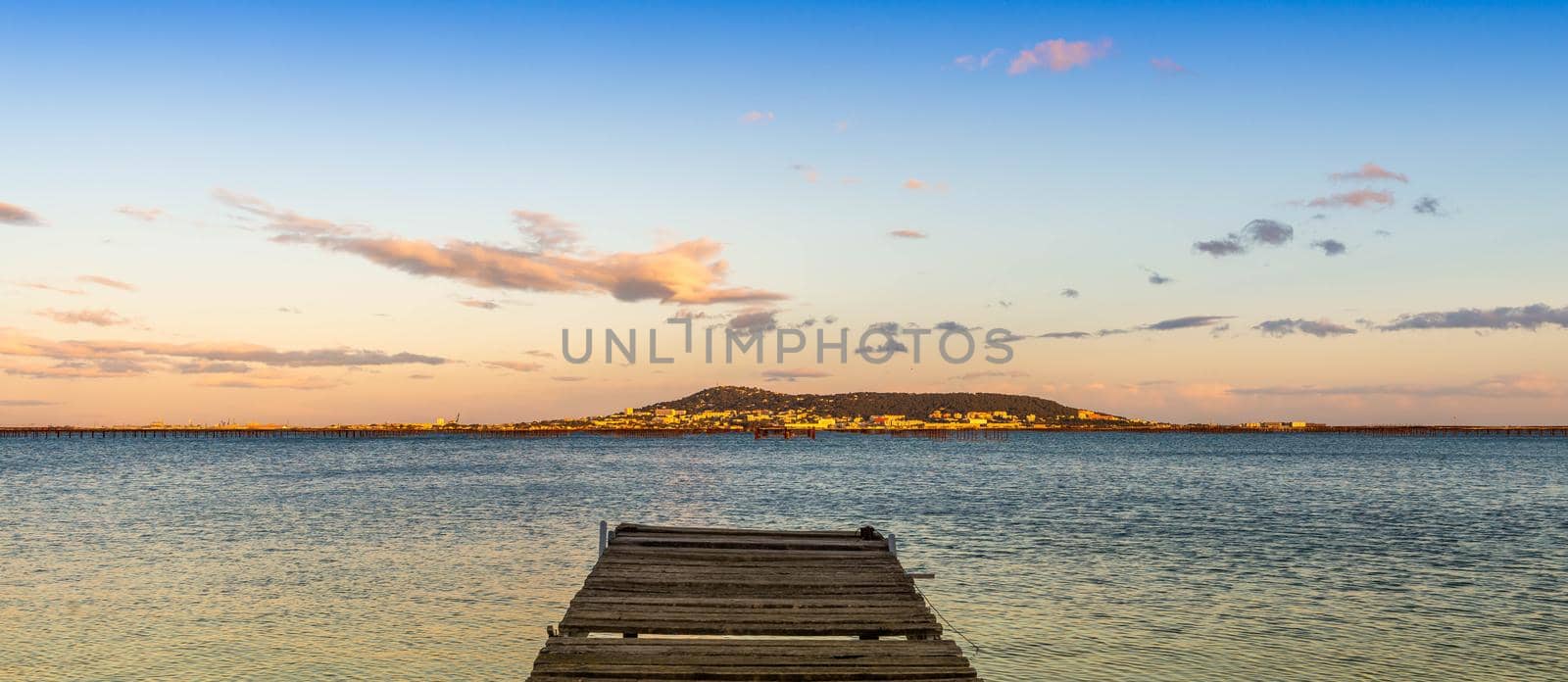
Mont Saint Clair and the Thau pond with its oyster tables in Hérault, Occitanie, France
Stock PhotoUsername
FredericResolution
7318x3185pxMont Saint Clair and the Thau pond with its oyster tables in Hérault, Occitanie, France

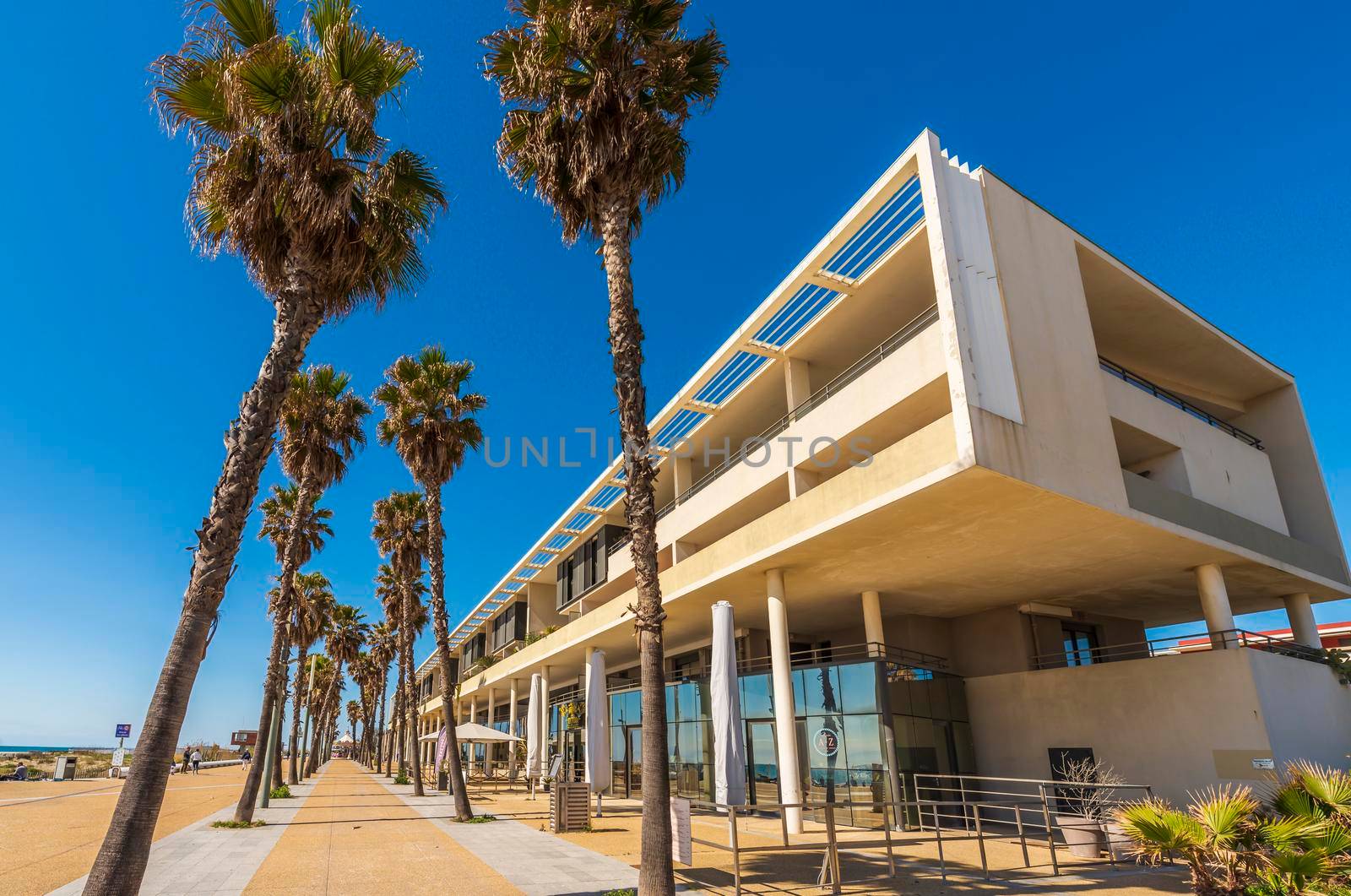
Esplanade Roger Thérond on the beach of the fountain, in Sète in Occitanie, France
Stock PhotoUsername
FredericResolution
7271x4821pxEsplanade Roger Thérond on the beach of the fountain, in Sète in Occitanie, France

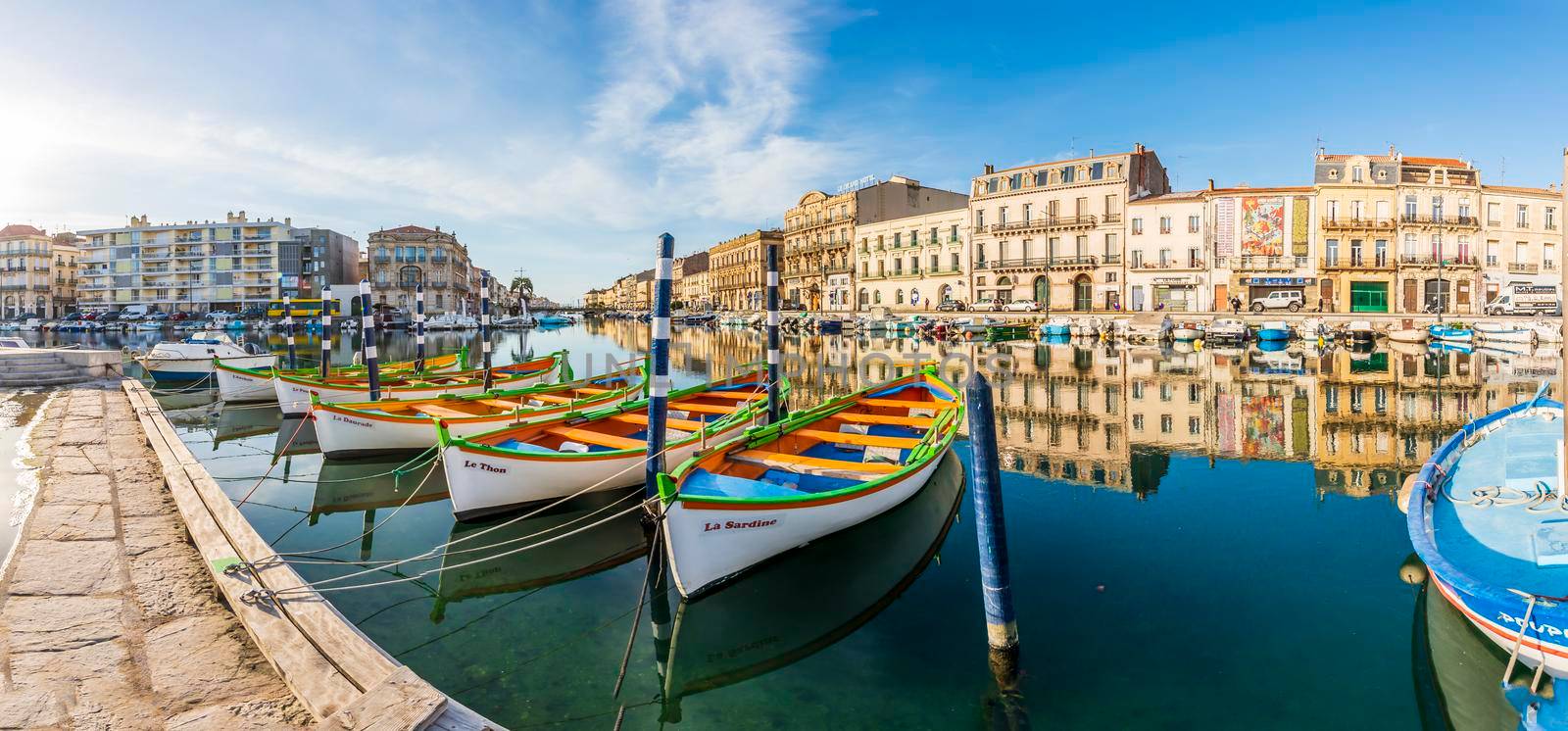
Typical boats of Sète on the royal cana, l in Sète, in Hérault, in Occitanie, France
Stock PhotoUsername
FredericResolution
8759x4086pxTypical boats of Sète on the royal cana, l in Sète, in Hérault, in Occitanie, France

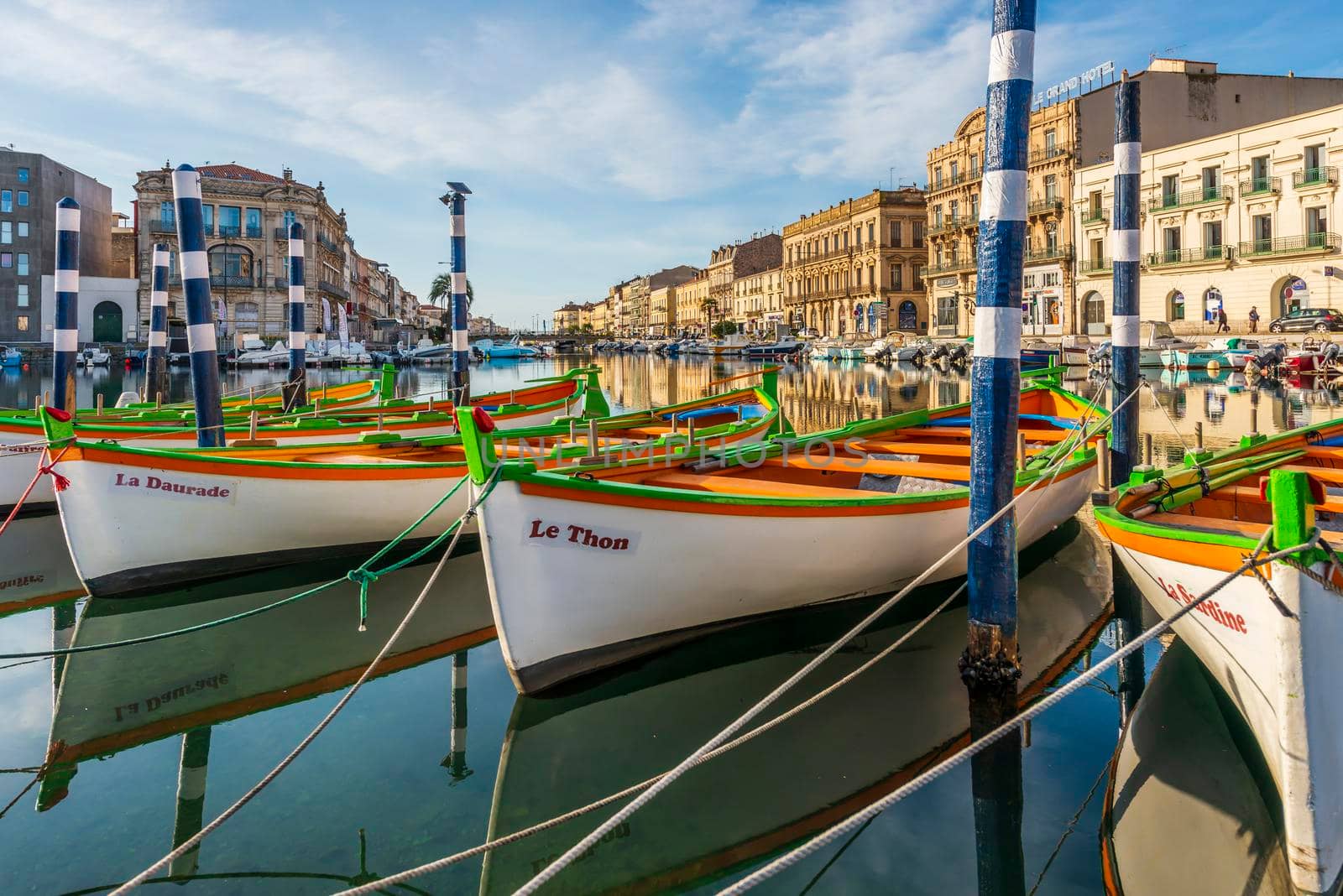
Typical boats of Sète on the royal cana, l in Sète, in Hérault, in Occitanie, France
Stock PhotoUsername
FredericResolution
7360x4912pxTypical boats of Sète on the royal cana, l in Sète, in Hérault, in Occitanie, France

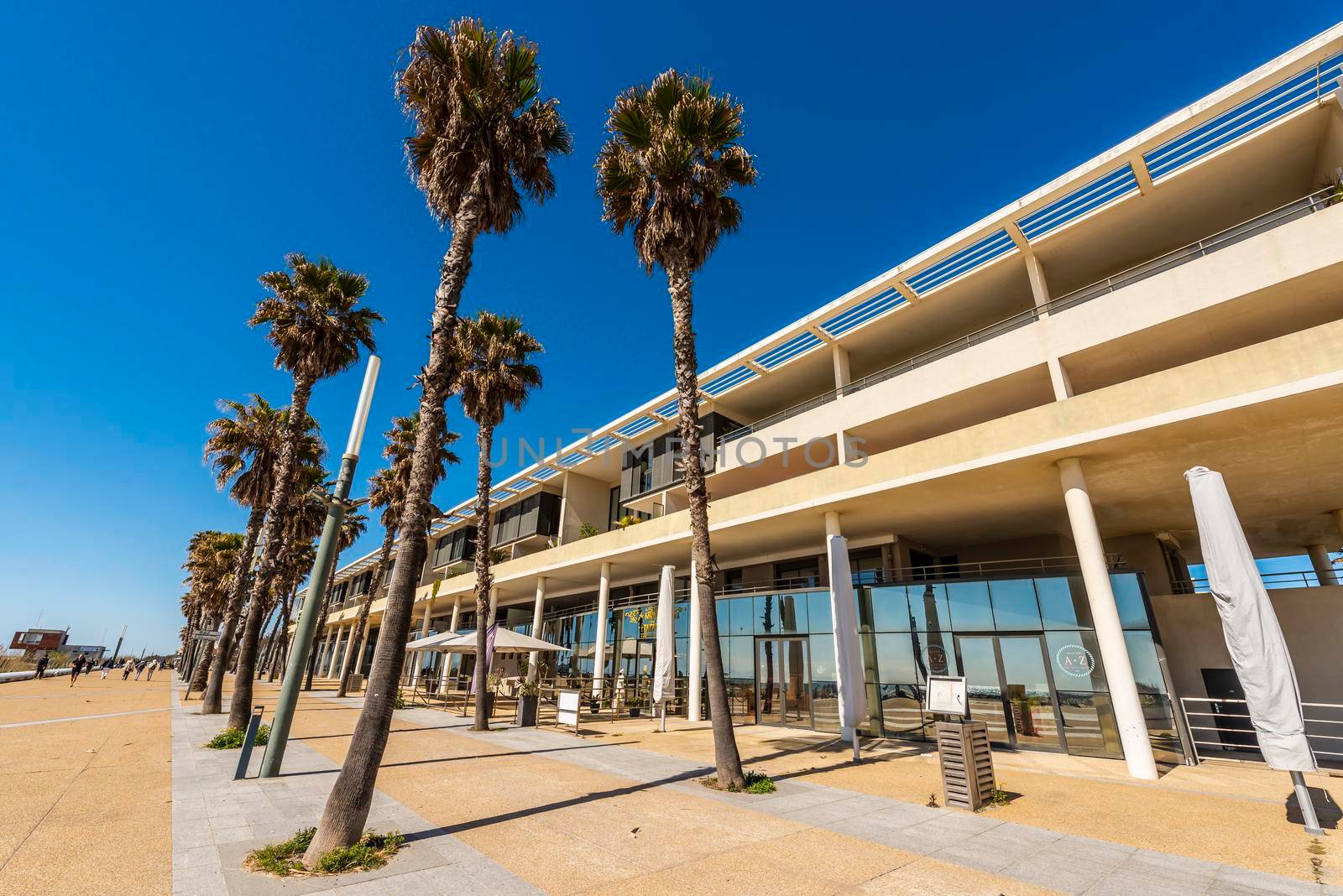
Esplanade Roger Thérond on the beach of the fountain, in Sète in Occitanie, France
Stock PhotoUsername
FredericResolution
7178x4791pxEsplanade Roger Thérond on the beach of the fountain, in Sète in Occitanie, France


Sunrise over the pyramids of the seaside resort of La Grande Motte, in Hérault in Occitanie, France
Stock PhotoUsername
FredericResolution
13365x4585pxSunrise over the pyramids of the seaside resort of La Grande Motte, in Hérault in Occitanie, France
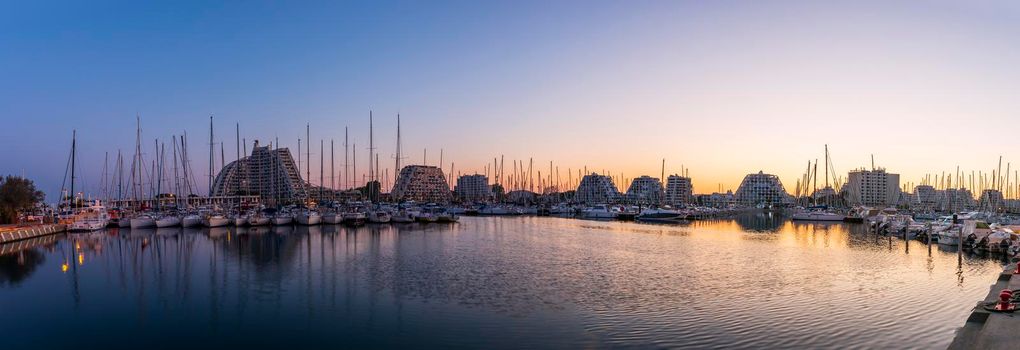
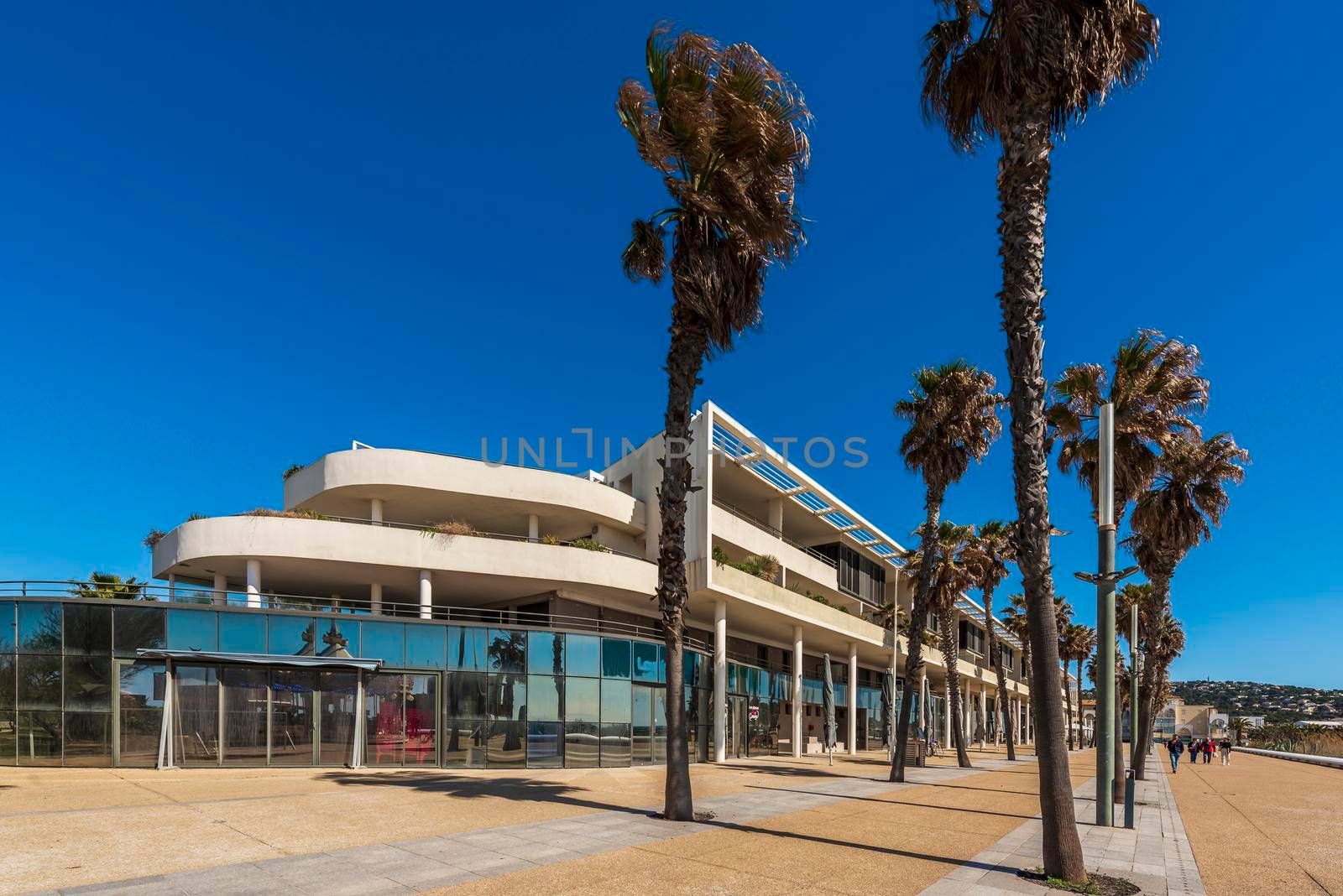
Esplanade Roger Thérond on the beach of the fountain, in Sète in Occitanie, France
Stock PhotoUsername
FredericResolution
6258x4177pxEsplanade Roger Thérond on the beach of the fountain, in Sète in Occitanie, France

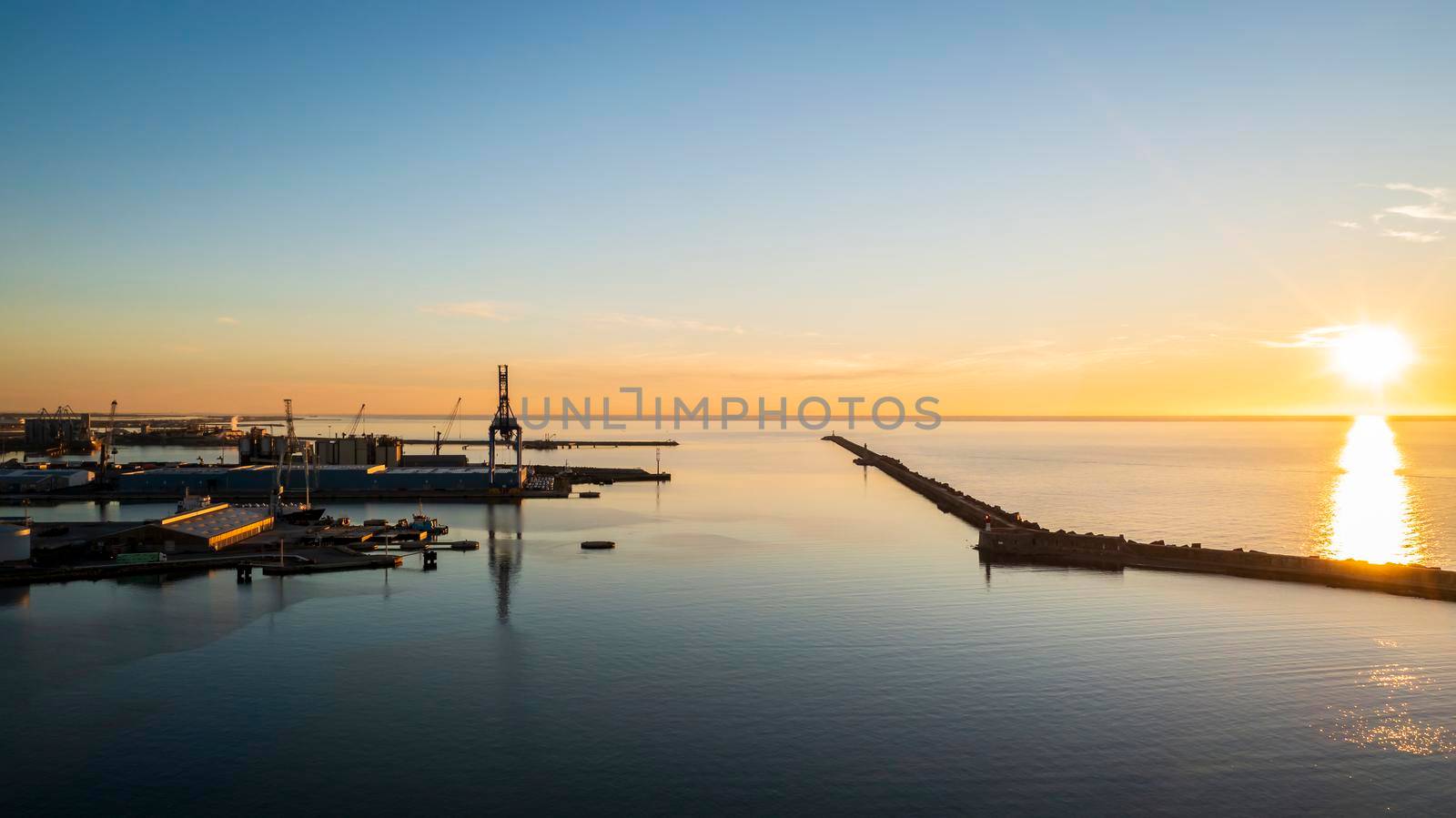
Sunrise over the Mediterranean Sea at Sète on a summer morning, in Hérault, Occitanie, France
Stock PhotoUsername
FredericResolution
5464x3070pxSunrise over the Mediterranean Sea at Sète on a summer morning, in Hérault, Occitanie, France


Panorama of Lyon from the hill of Fourviere, in the Rhone, in Auvergne-Rhone-Alpes, France
Stock PhotoUsername
FredericResolution
7360x4912pxPanorama of Lyon from the hill of Fourviere, in the Rhone, in Auvergne-Rhone-Alpes, France
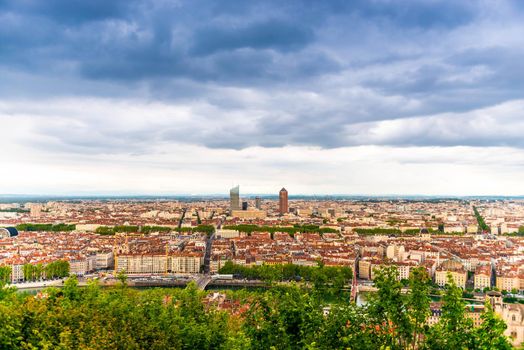
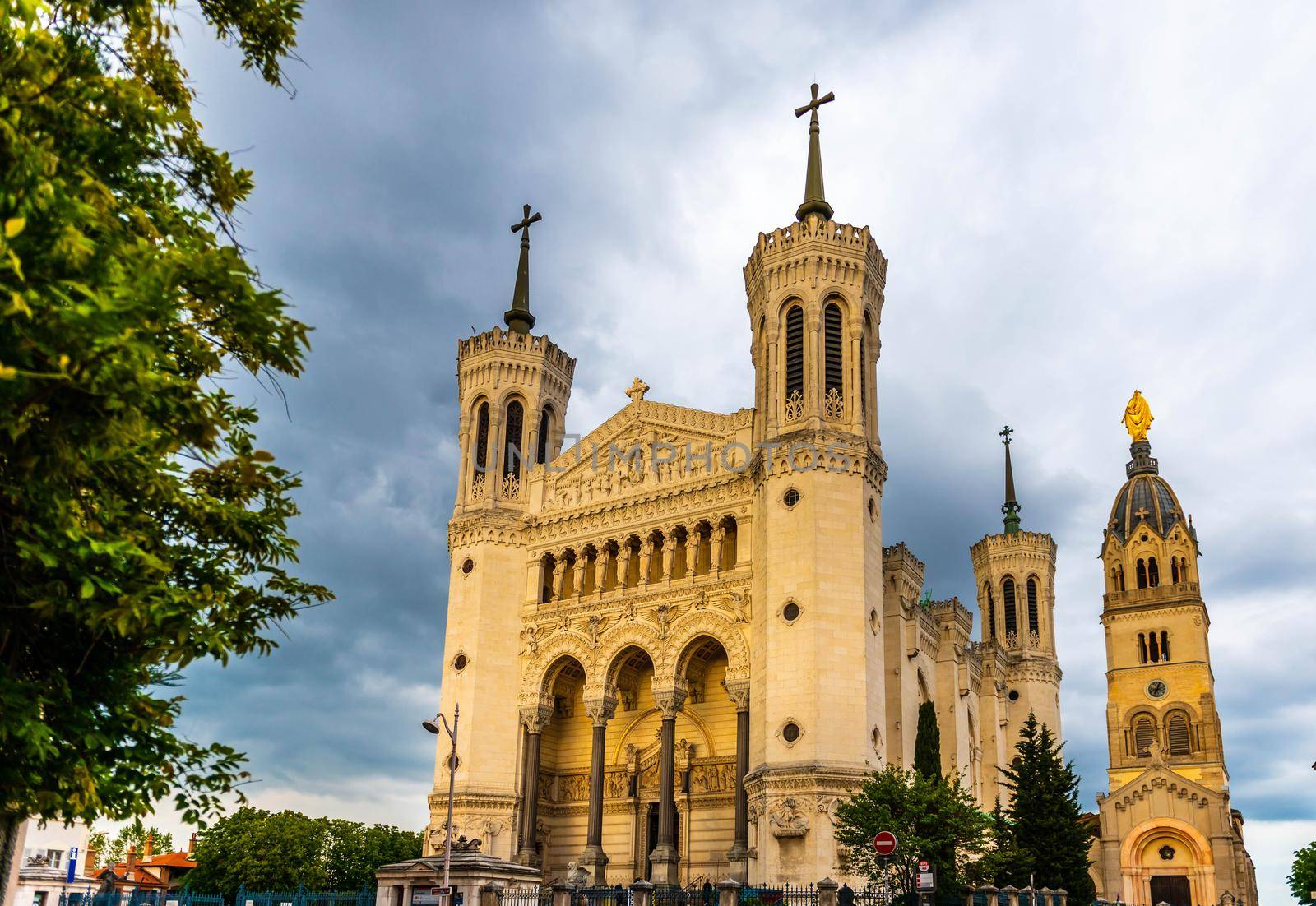
The Basilica Notre Dame de Fourviere in Lyon in the Rhone, France
Stock PhotoUsername
FredericResolution
6915x4761pxThe Basilica Notre Dame de Fourviere in Lyon in the Rhone, France

